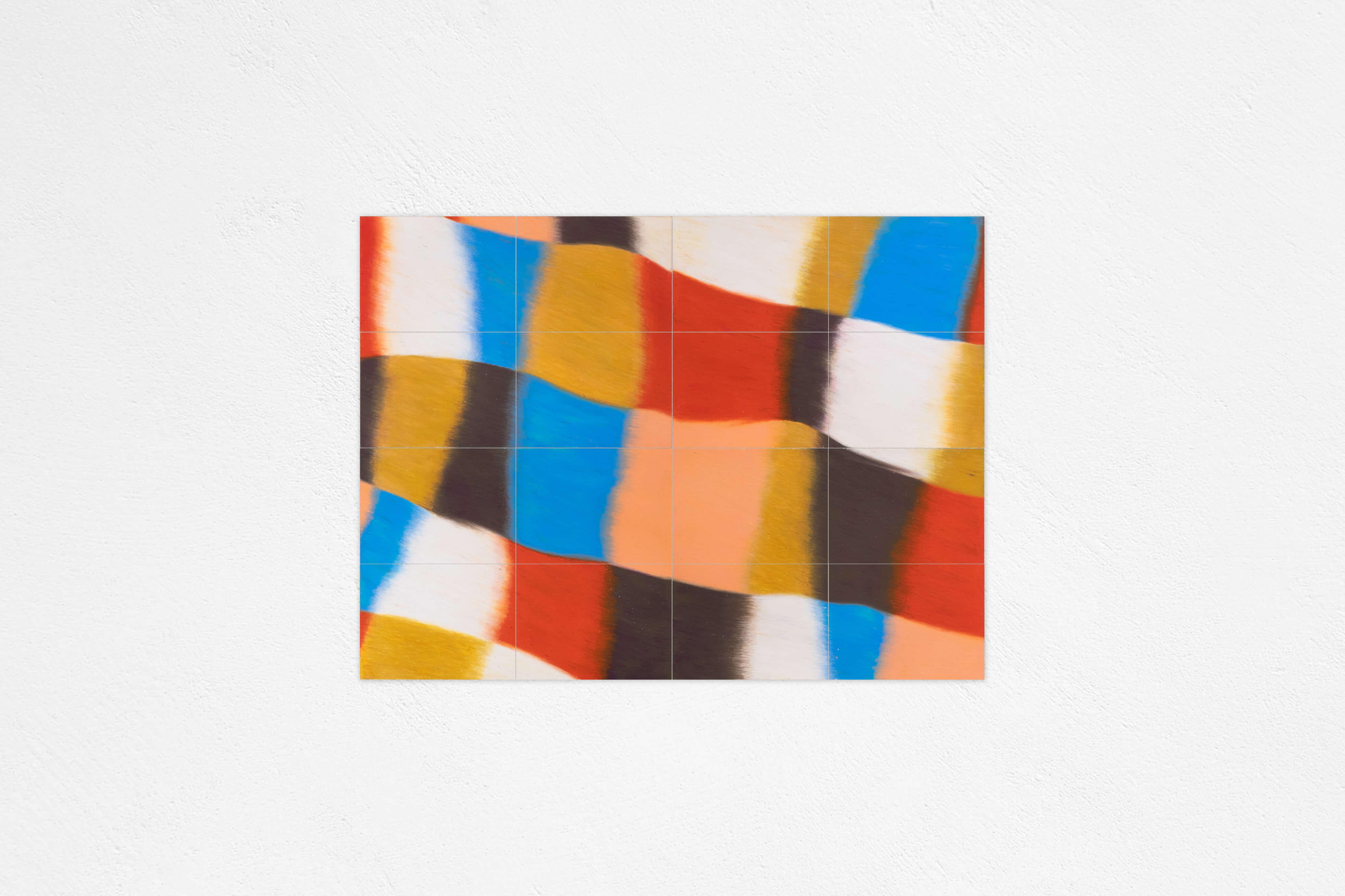PROJECT: G.E.C.
GENERATIVE ENDLESS CONFIGURATIONS /
ongoing
Oscillating between pictorial and sculptural works, abstract and figurative, Generative Endless Compositions (GEC) is a modality of art production that characterises FZ’s certain bodies of works, in which the act of fragmentation/
reconfiguration of the artworks constitute the work as much as the artworks themselves.
GEC deals with topics of subjectivity and intersubjectivity, transformation, constant evolution and simultaneous variability.
It can be connected to human condition in the context of contemporary society, to natural evolution, to the ambiguous repercussions of scientific discoveries, or to exercise viewers imagination on chain reactions and alternatives analysis.
Looking for new imaginary common grounds, or simply offering new playgrounds for exploration and wonder.
reconfiguration of the artworks constitute the work as much as the artworks themselves.
GEC deals with topics of subjectivity and intersubjectivity, transformation, constant evolution and simultaneous variability.
It can be connected to human condition in the context of contemporary society, to natural evolution, to the ambiguous repercussions of scientific discoveries, or to exercise viewers imagination on chain reactions and alternatives analysis.
Looking for new imaginary common grounds, or simply offering new playgrounds for exploration and wonder.
If You Asked Me About A Flower
What Would I SayUpcoming October 2024
If You Asked Me About A Flower
What Would I SayUpcoming October 2024
What Would I Say



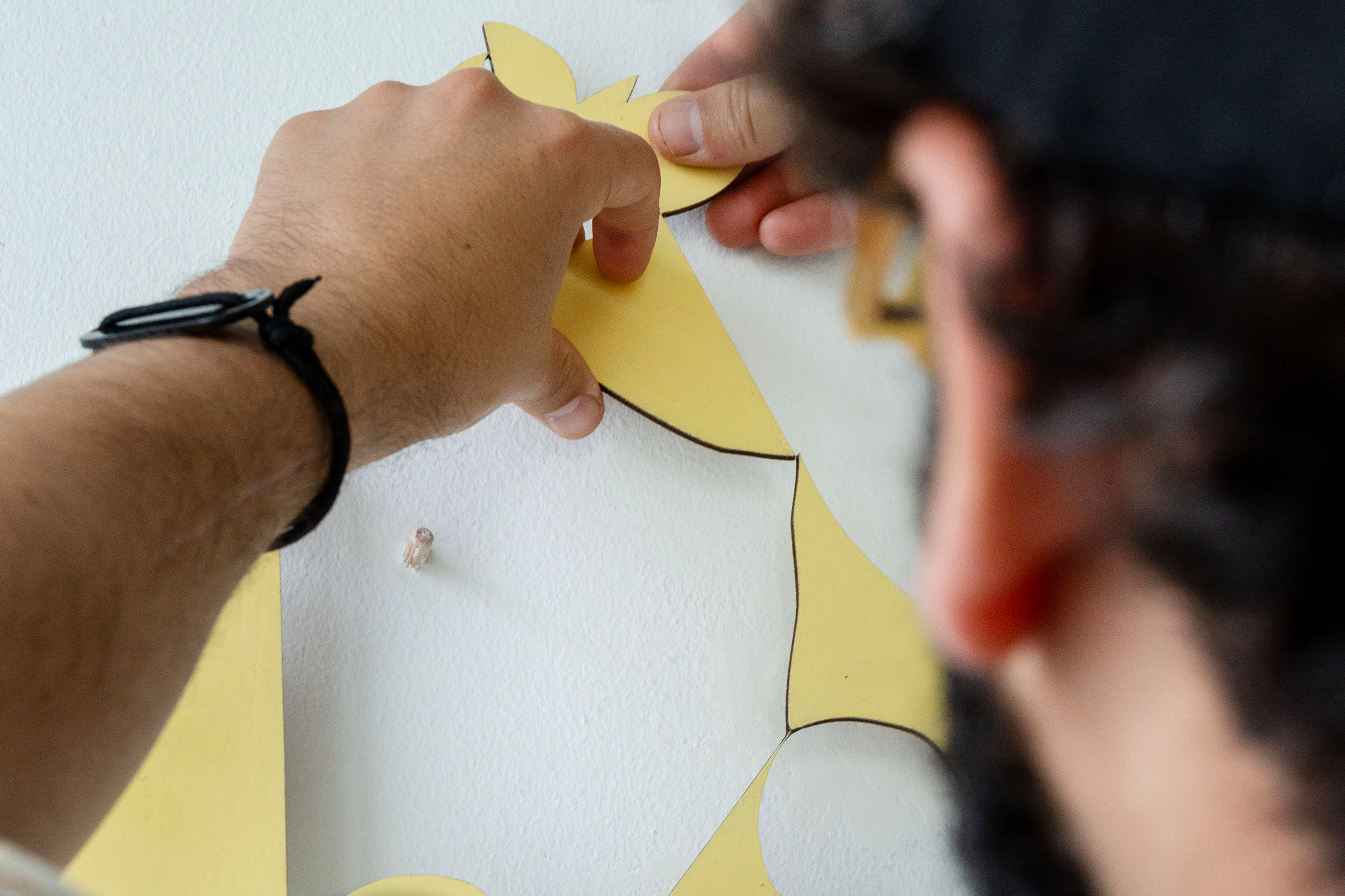


Surfaces Overview
Surfaces Overview


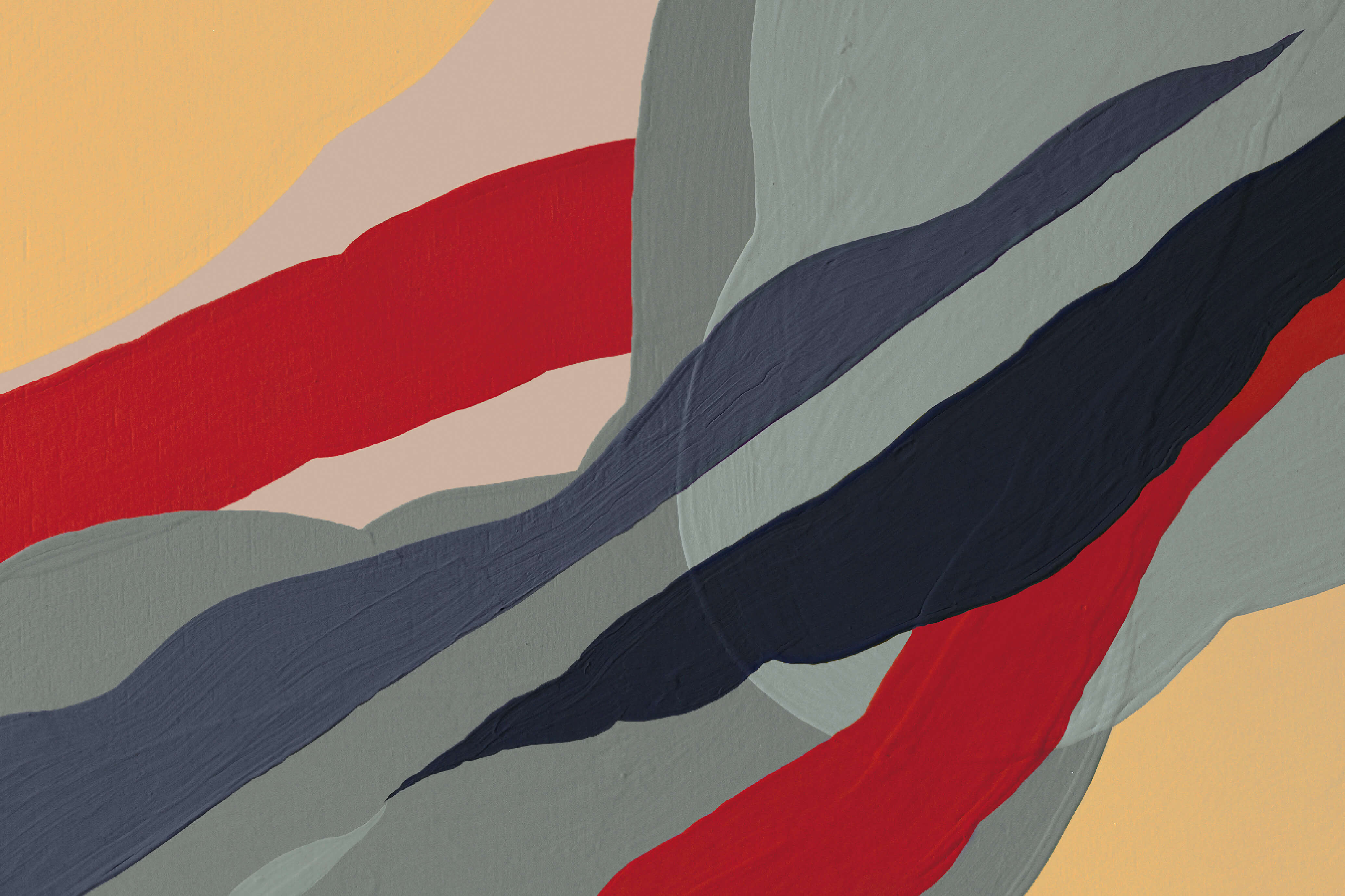

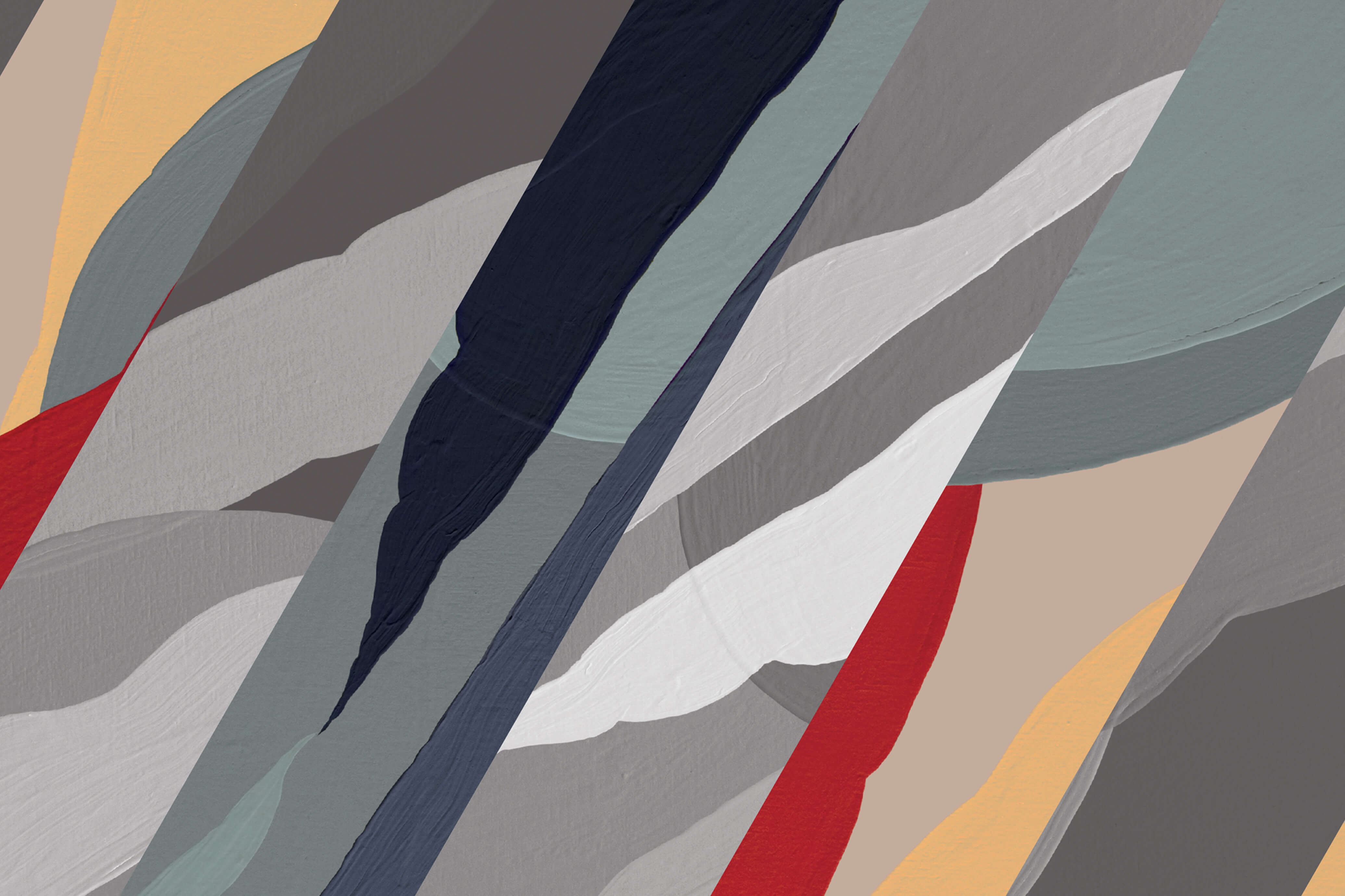
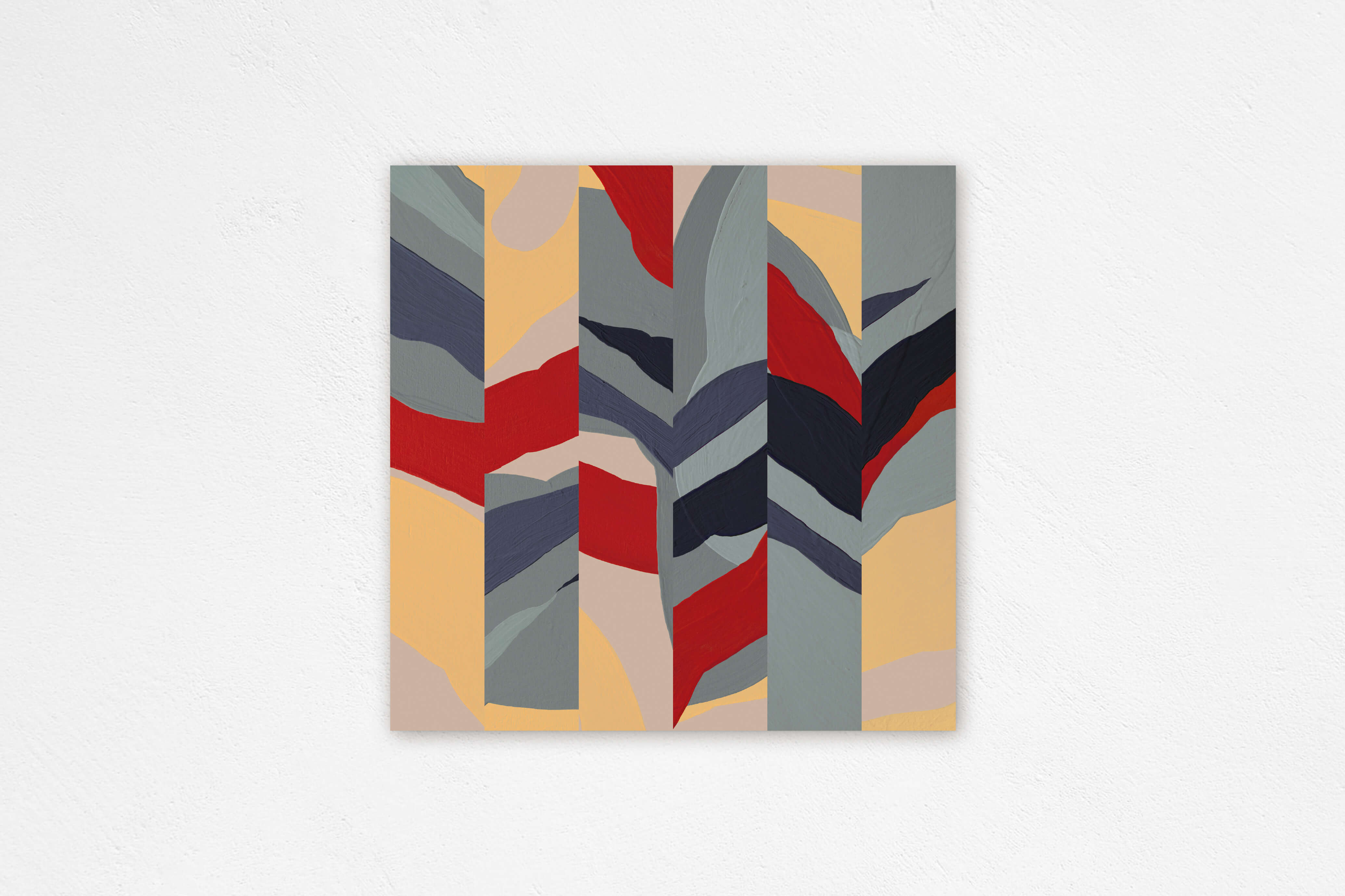






Postcards From SpaceOverview
Postcards From SpaceOverview
Postcards From Space
Overview



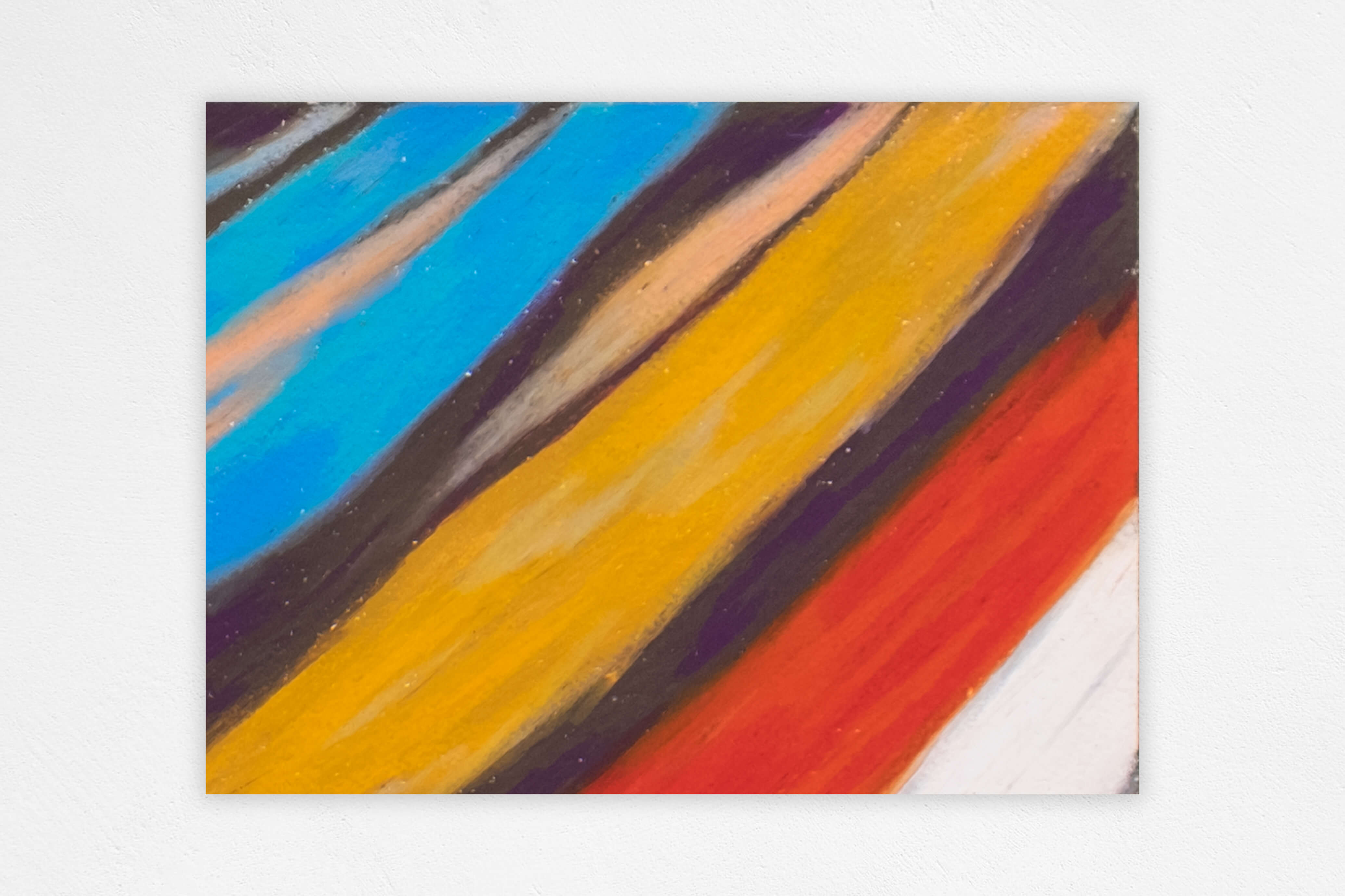
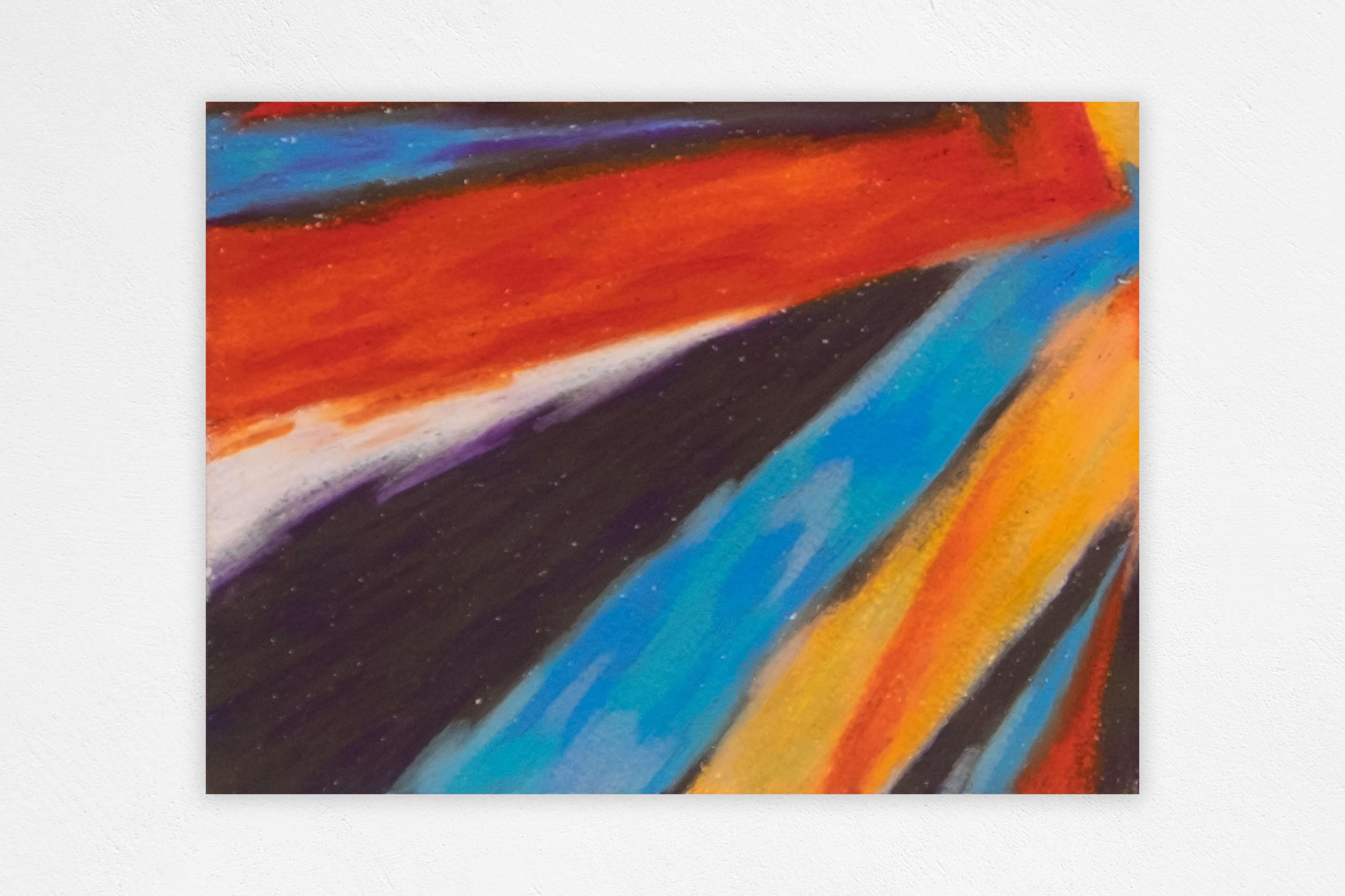




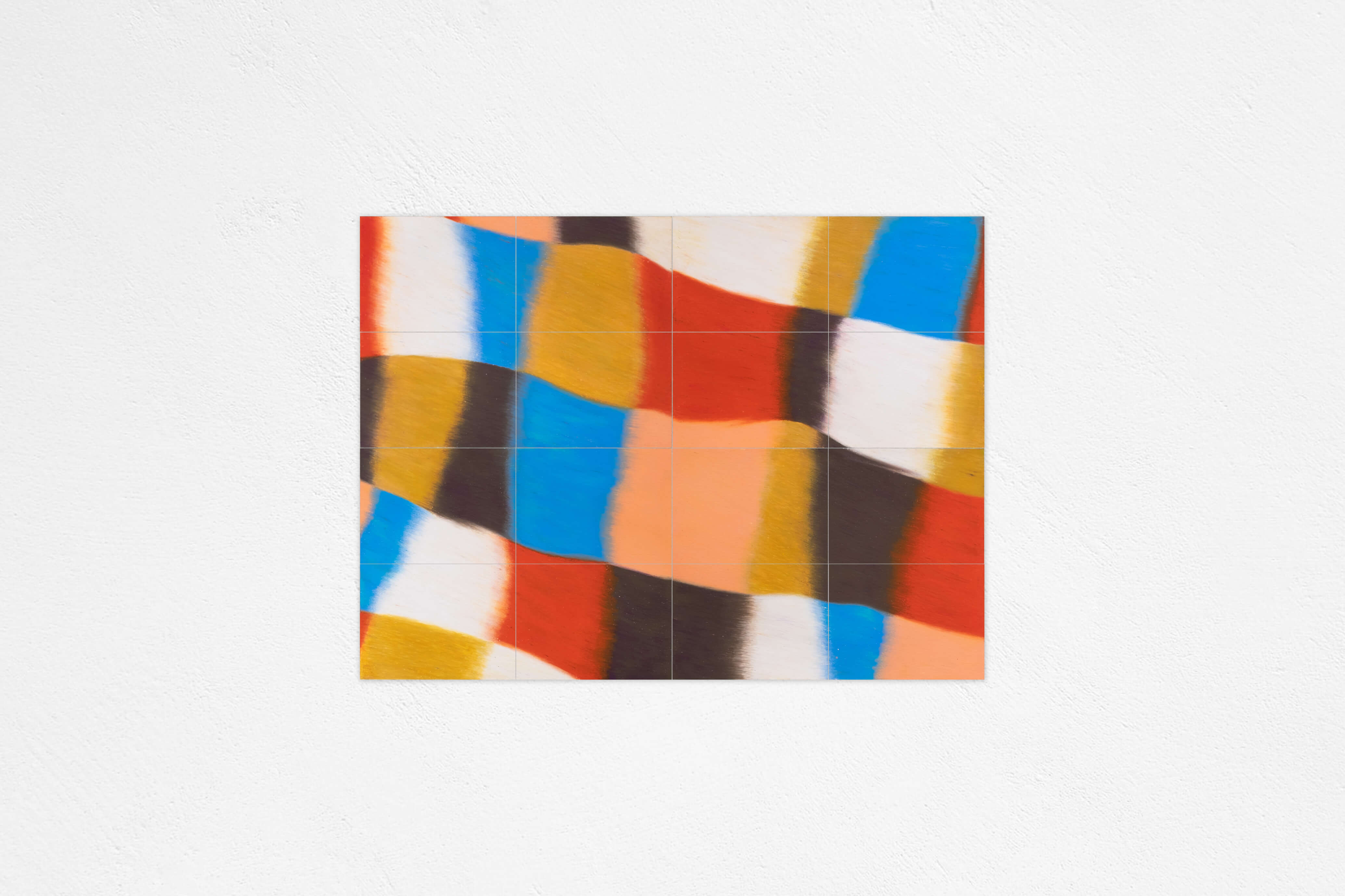




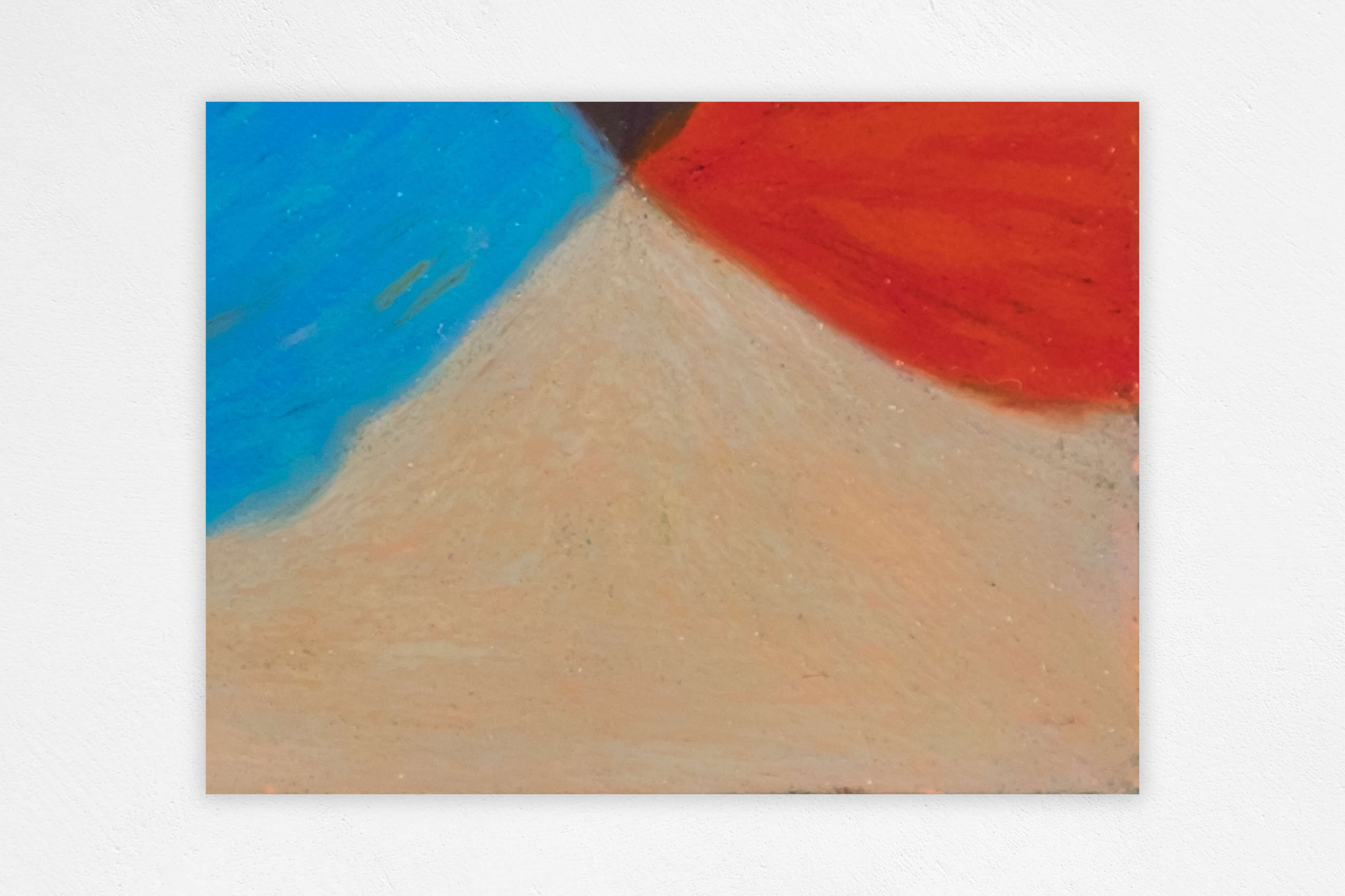

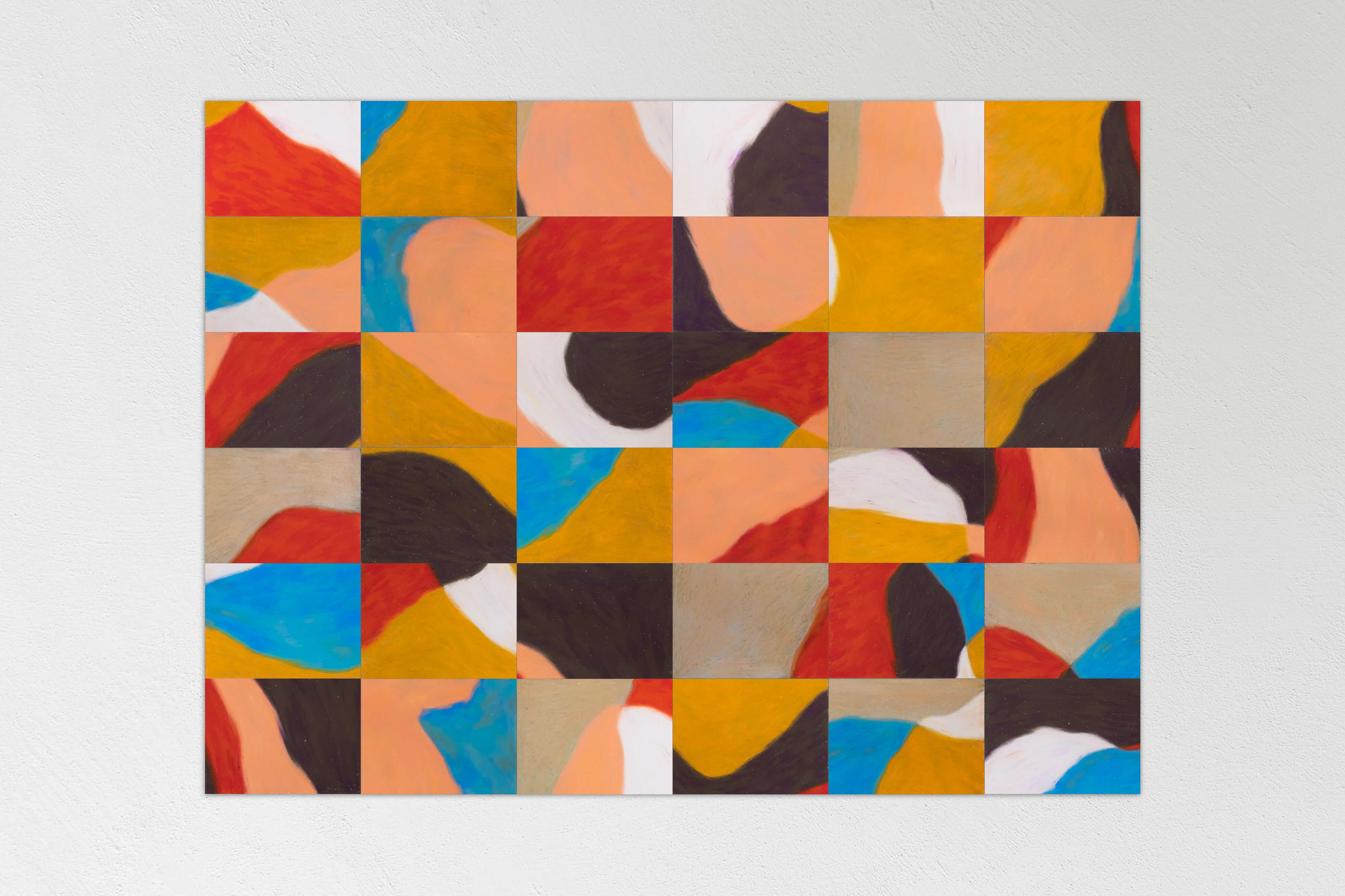
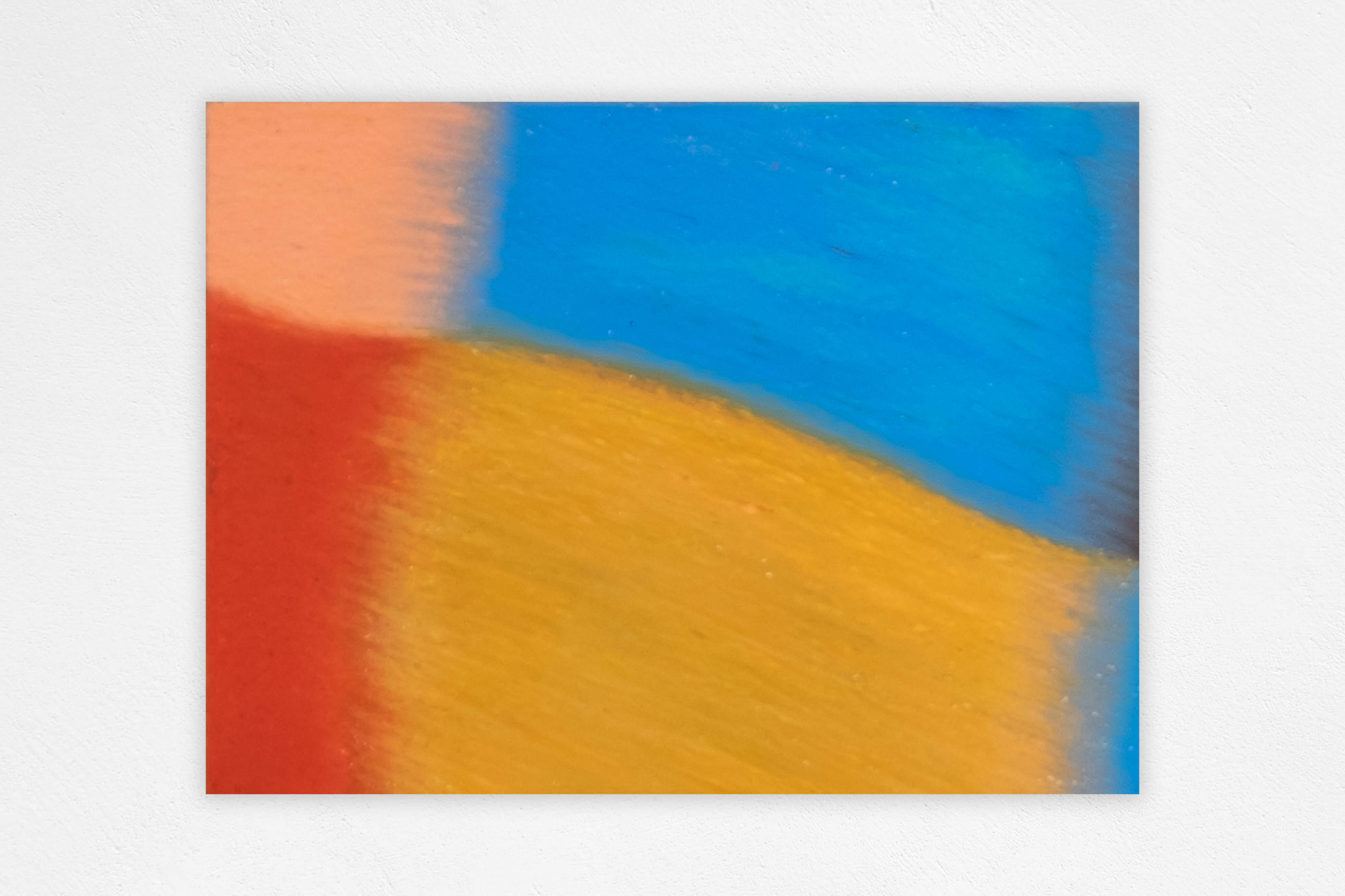
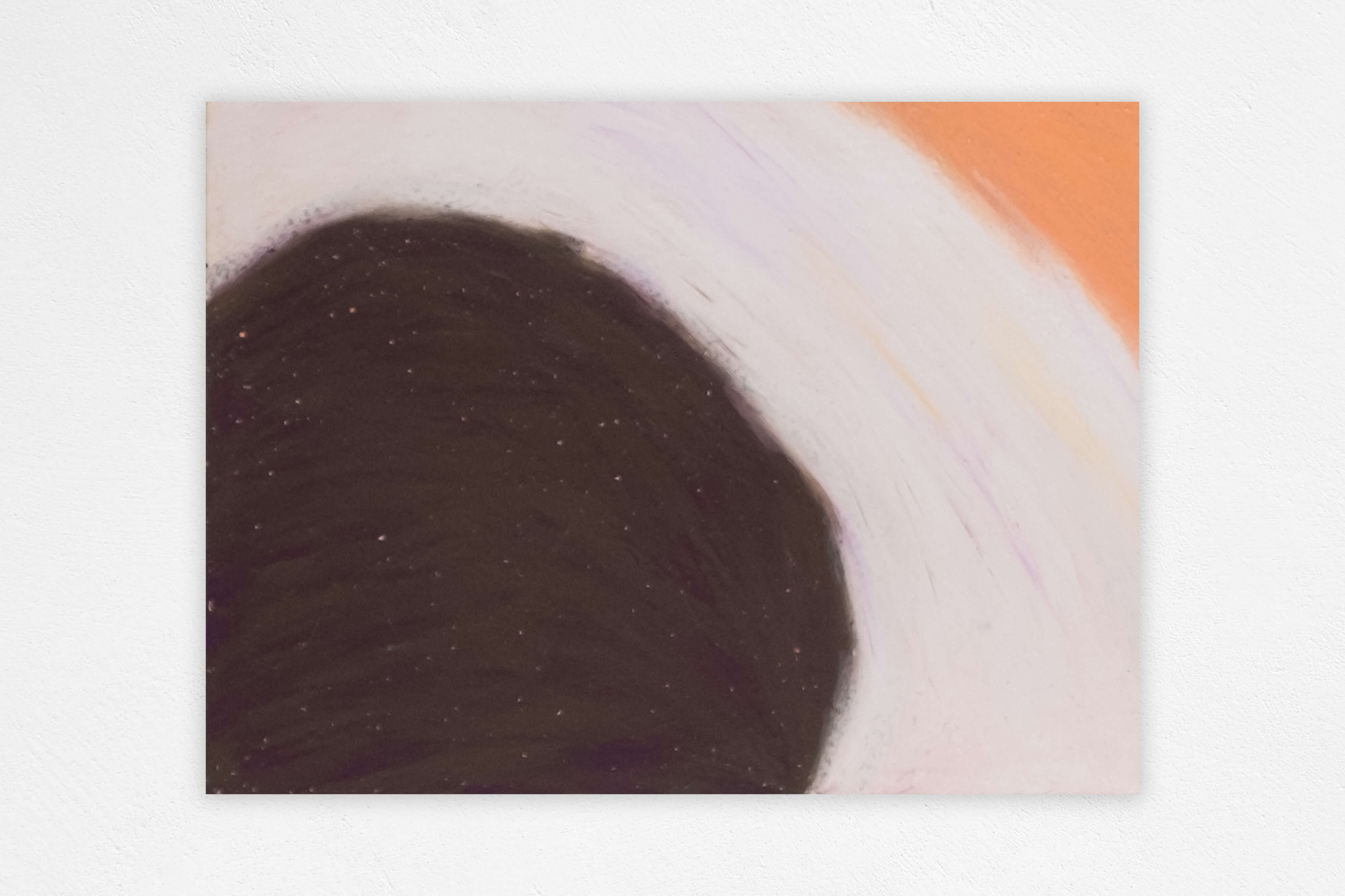

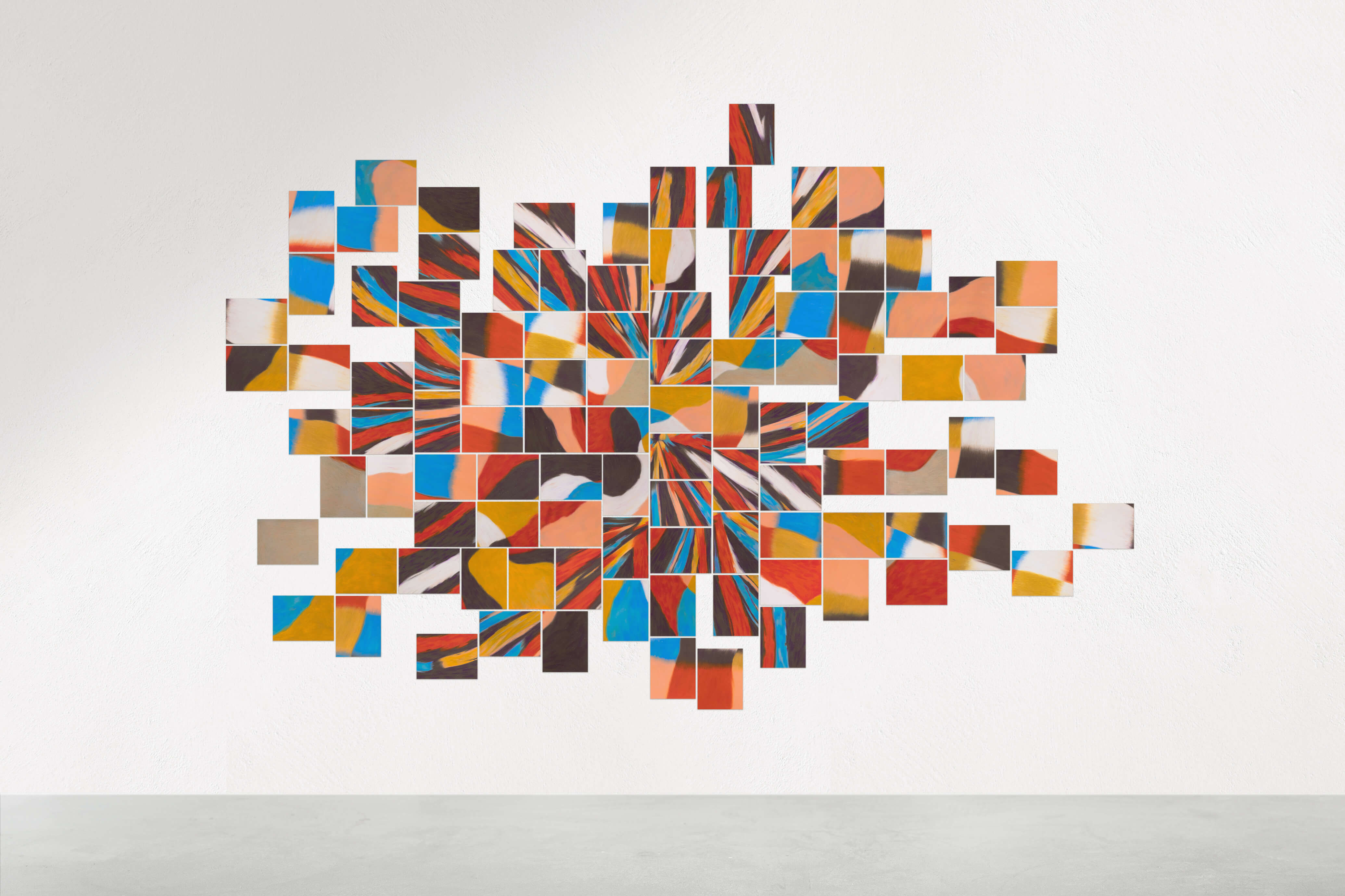


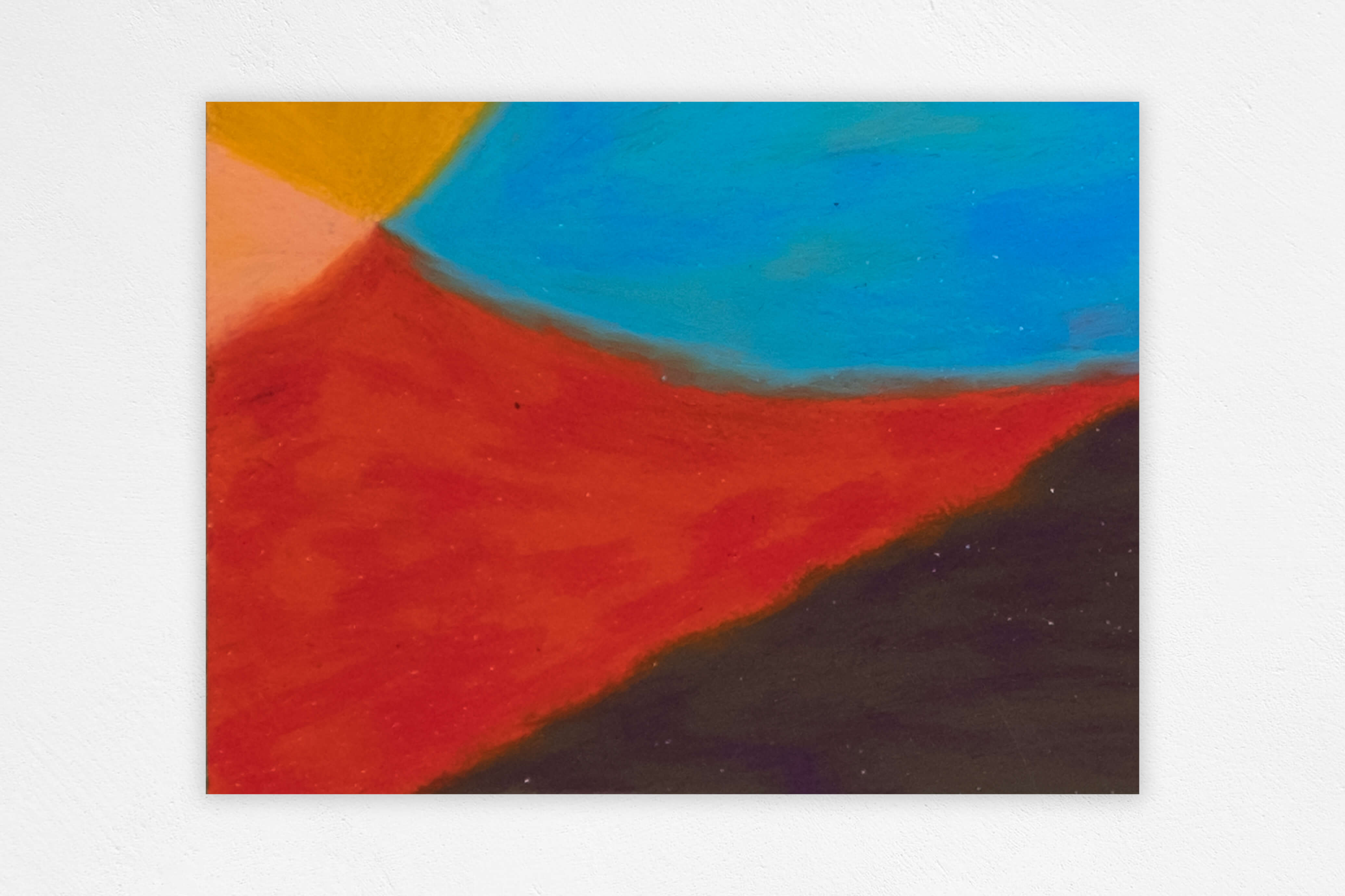


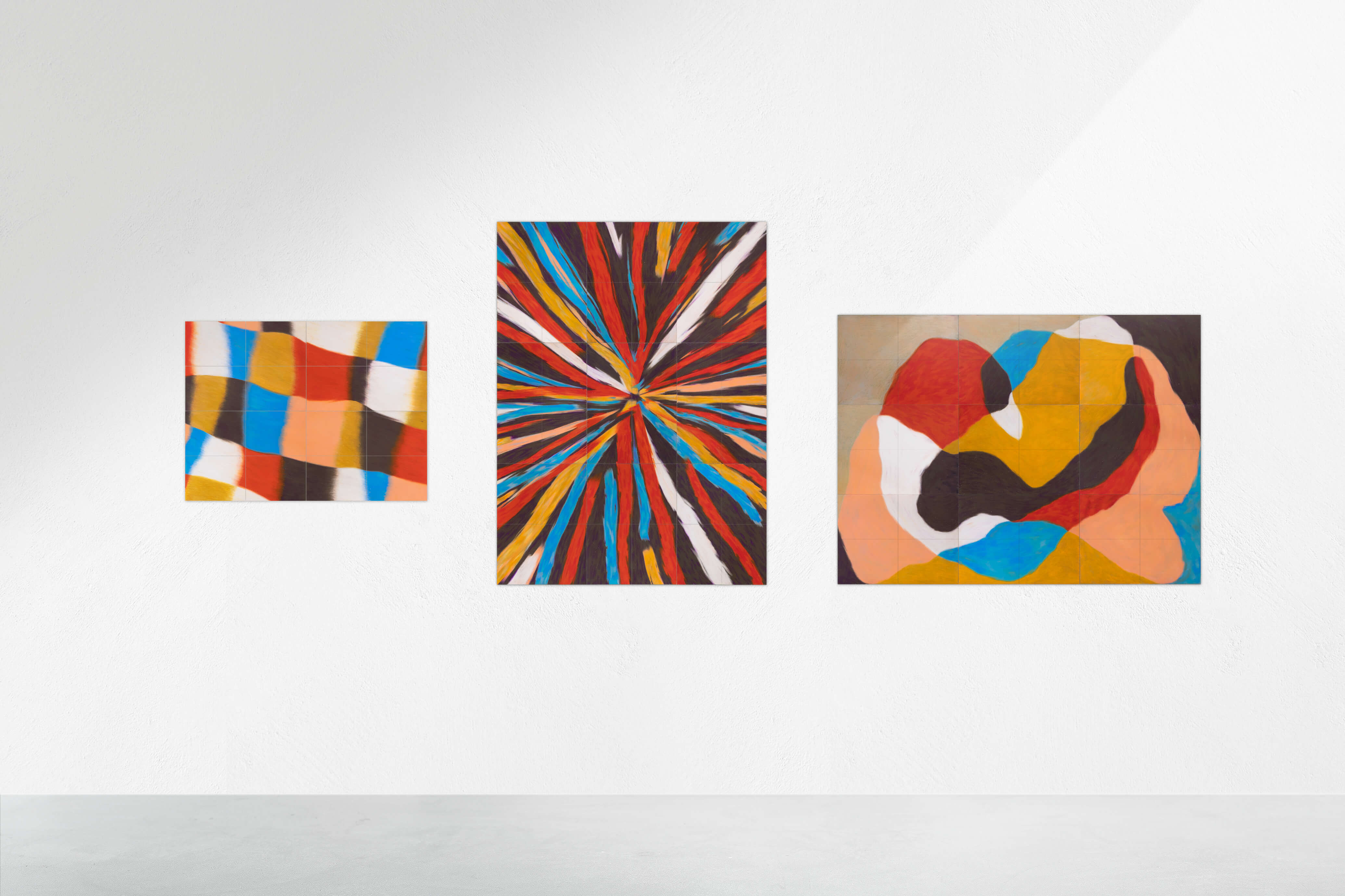
There Is No Right There Is No Wrong
Overview
There Is No Right There Is No Wrong
Overview
There Is No Right There Is No Wrong
Overview


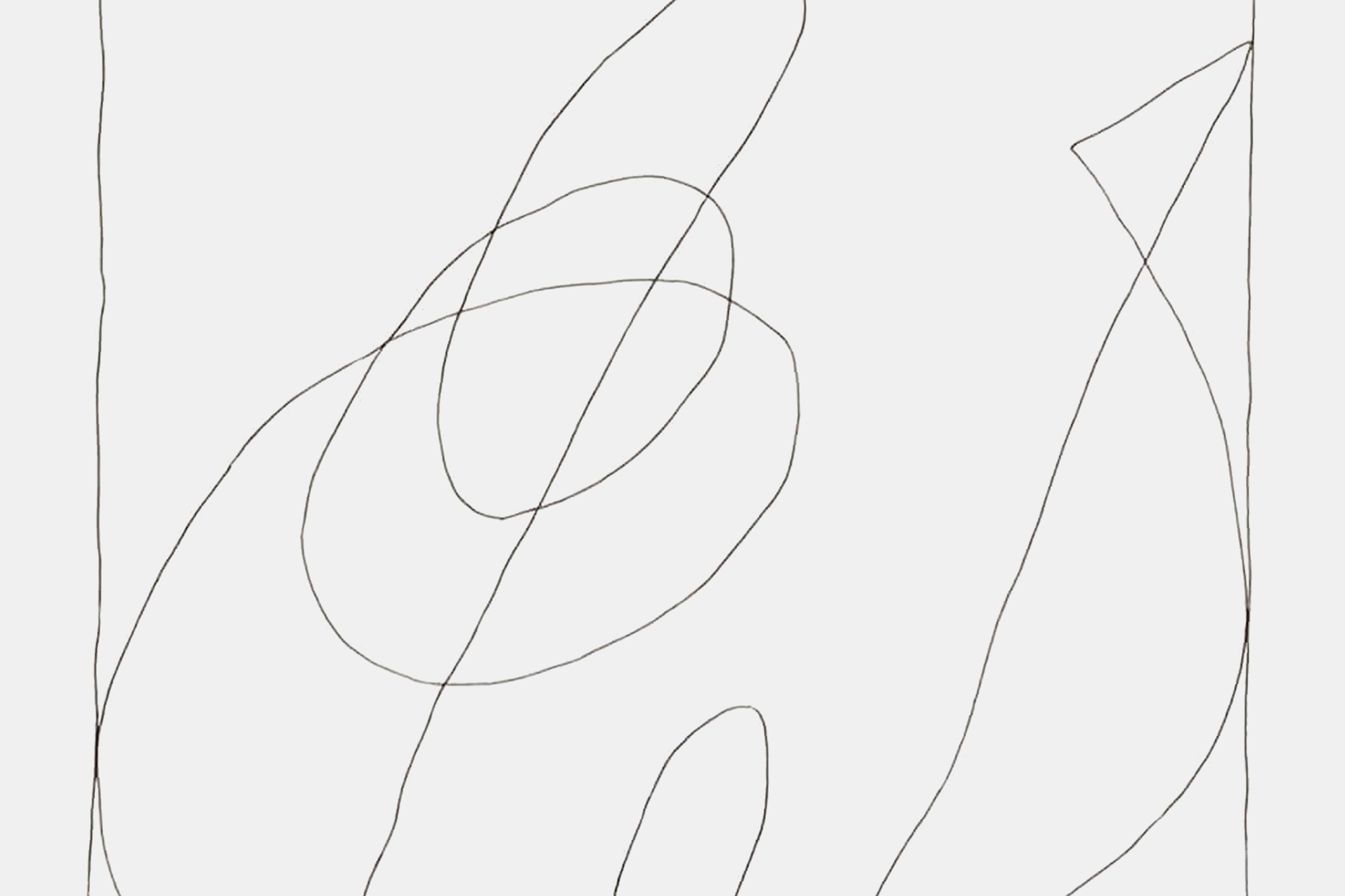
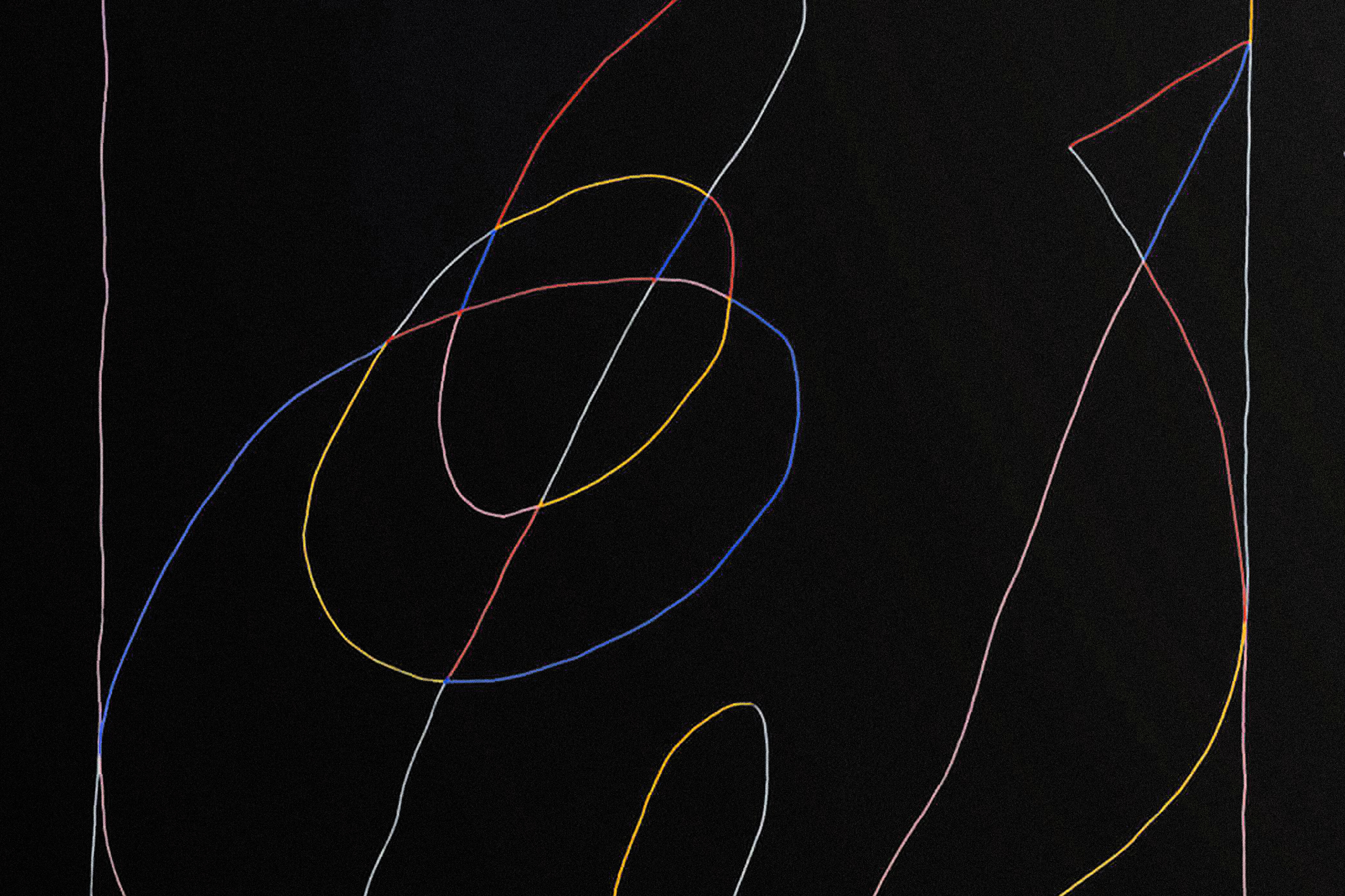
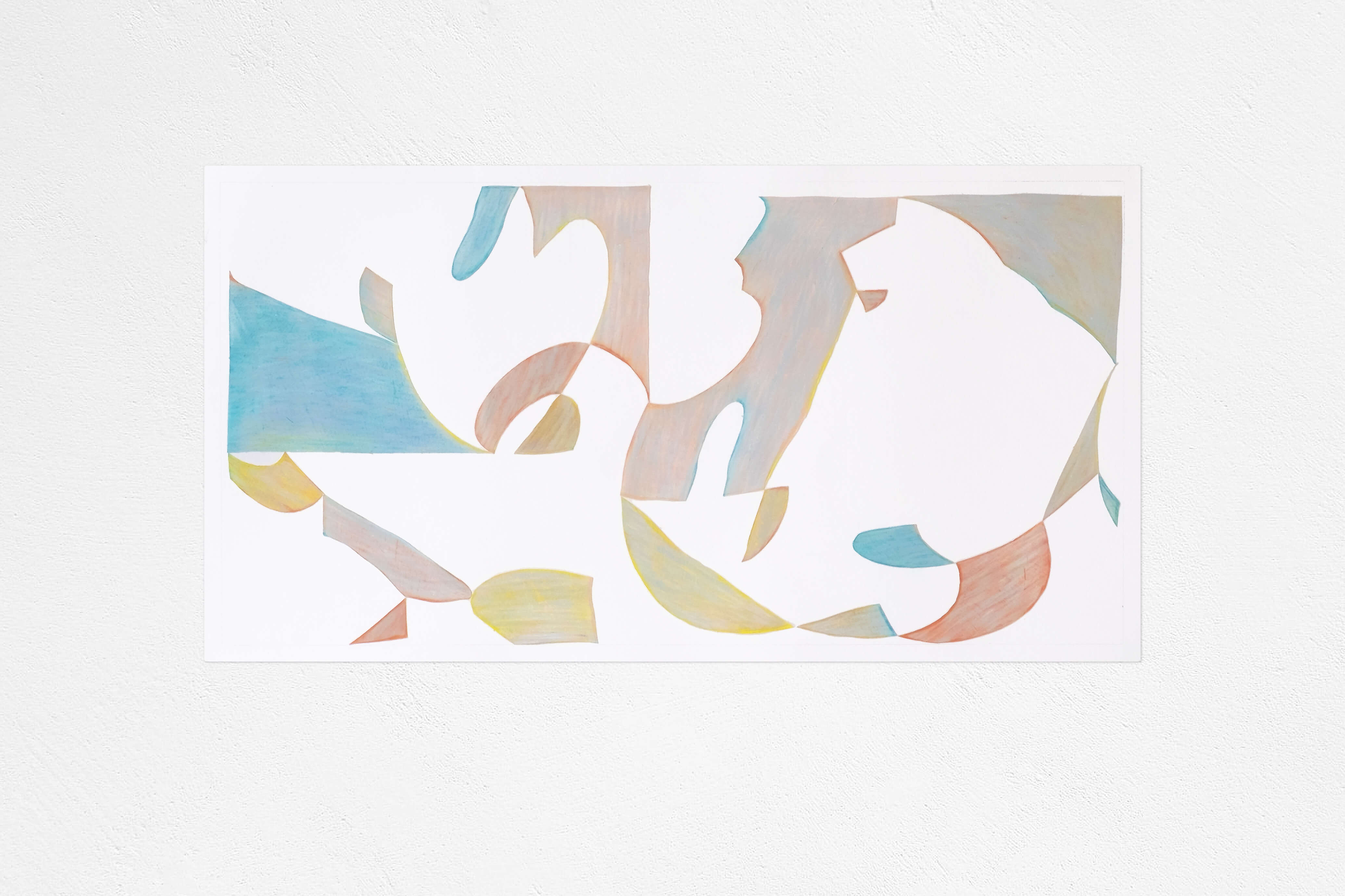

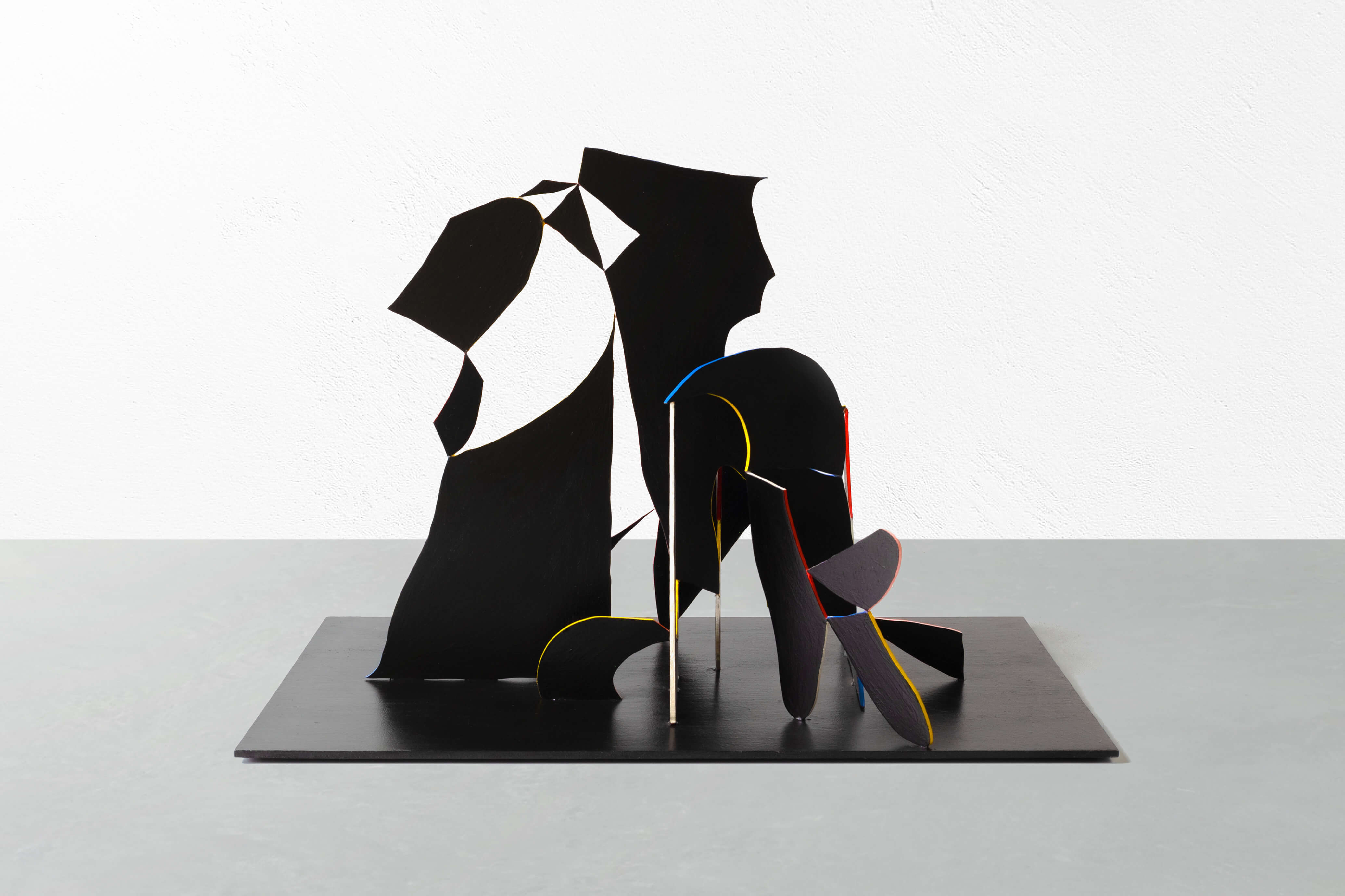



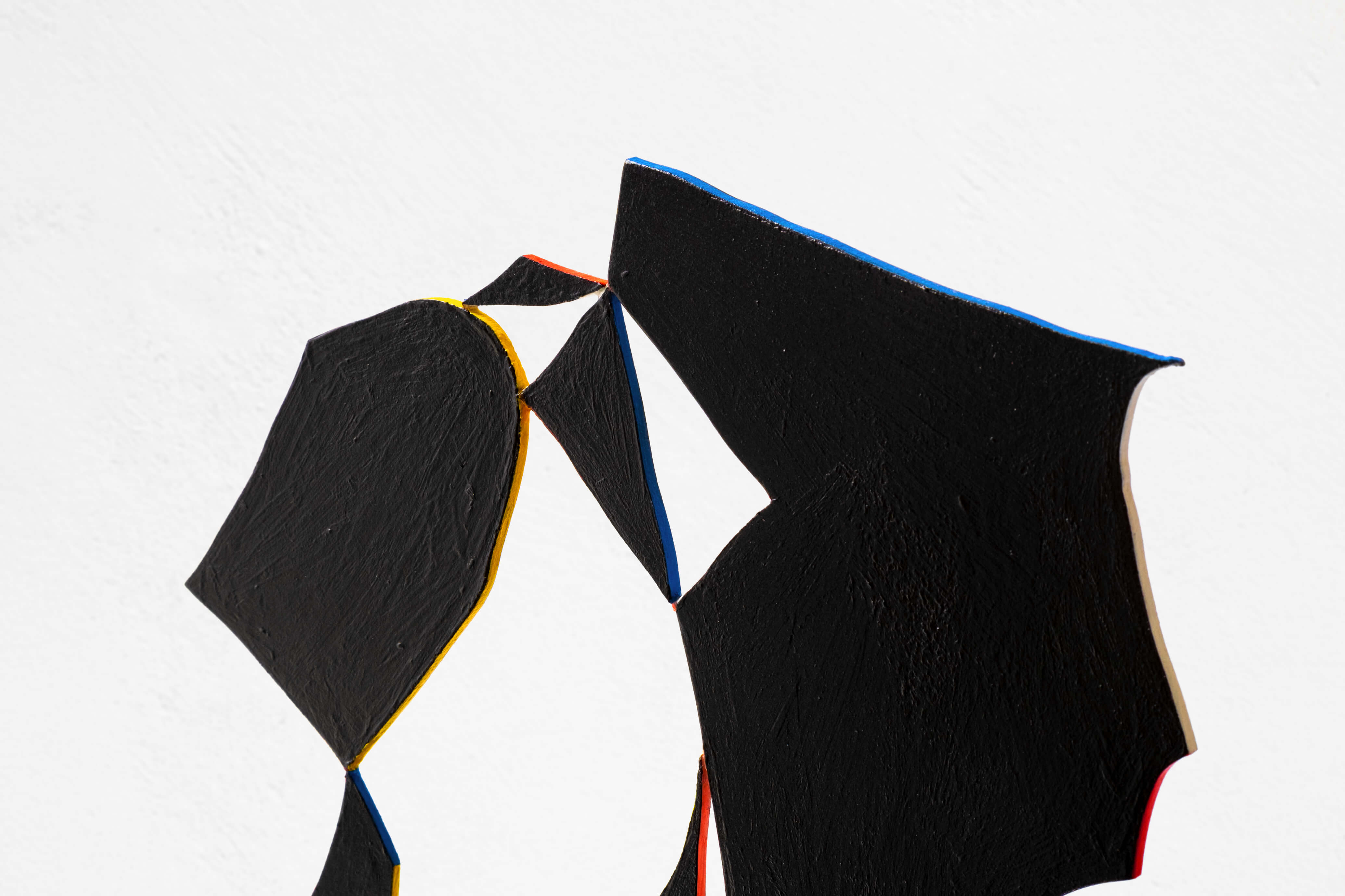

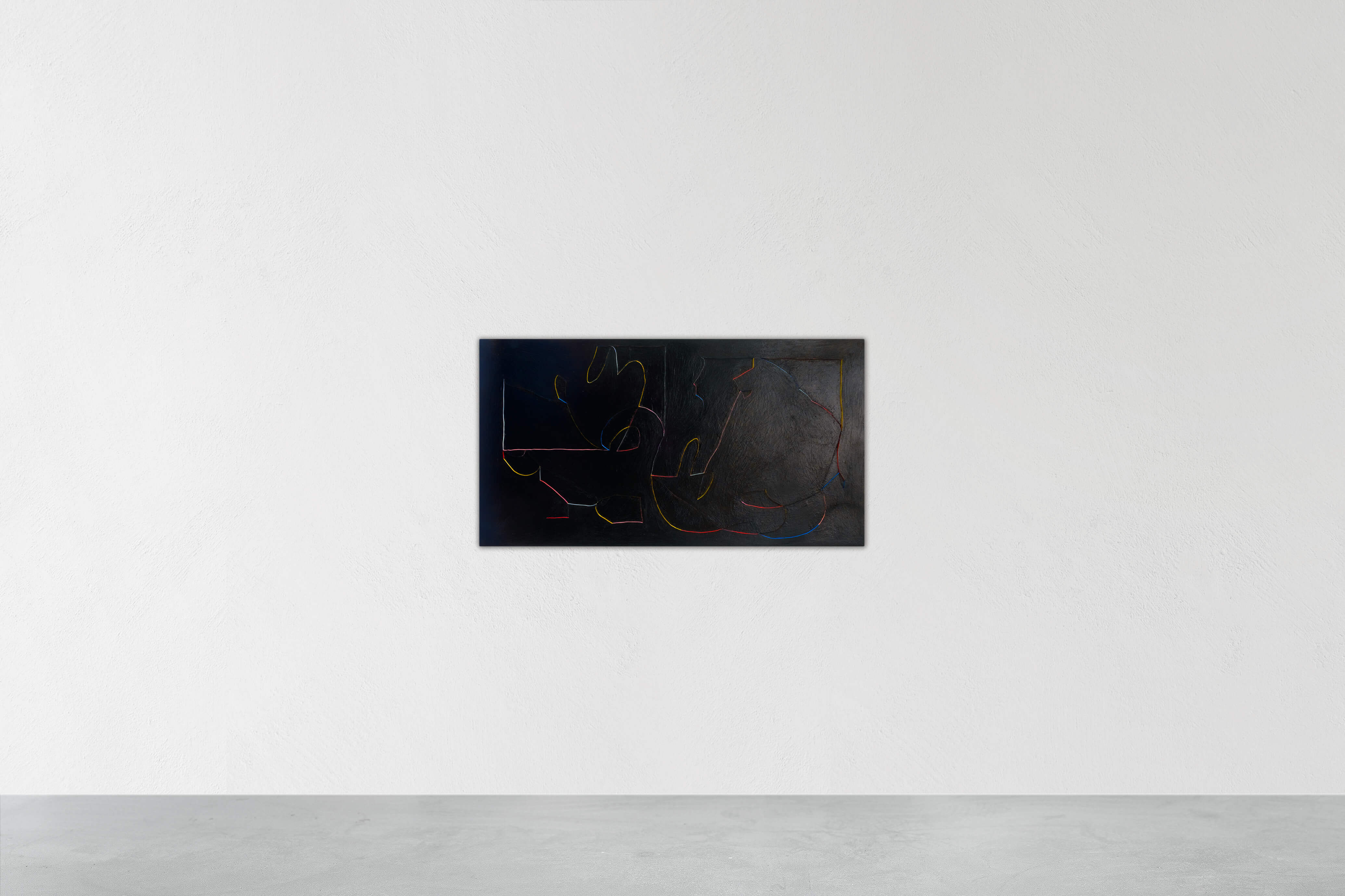
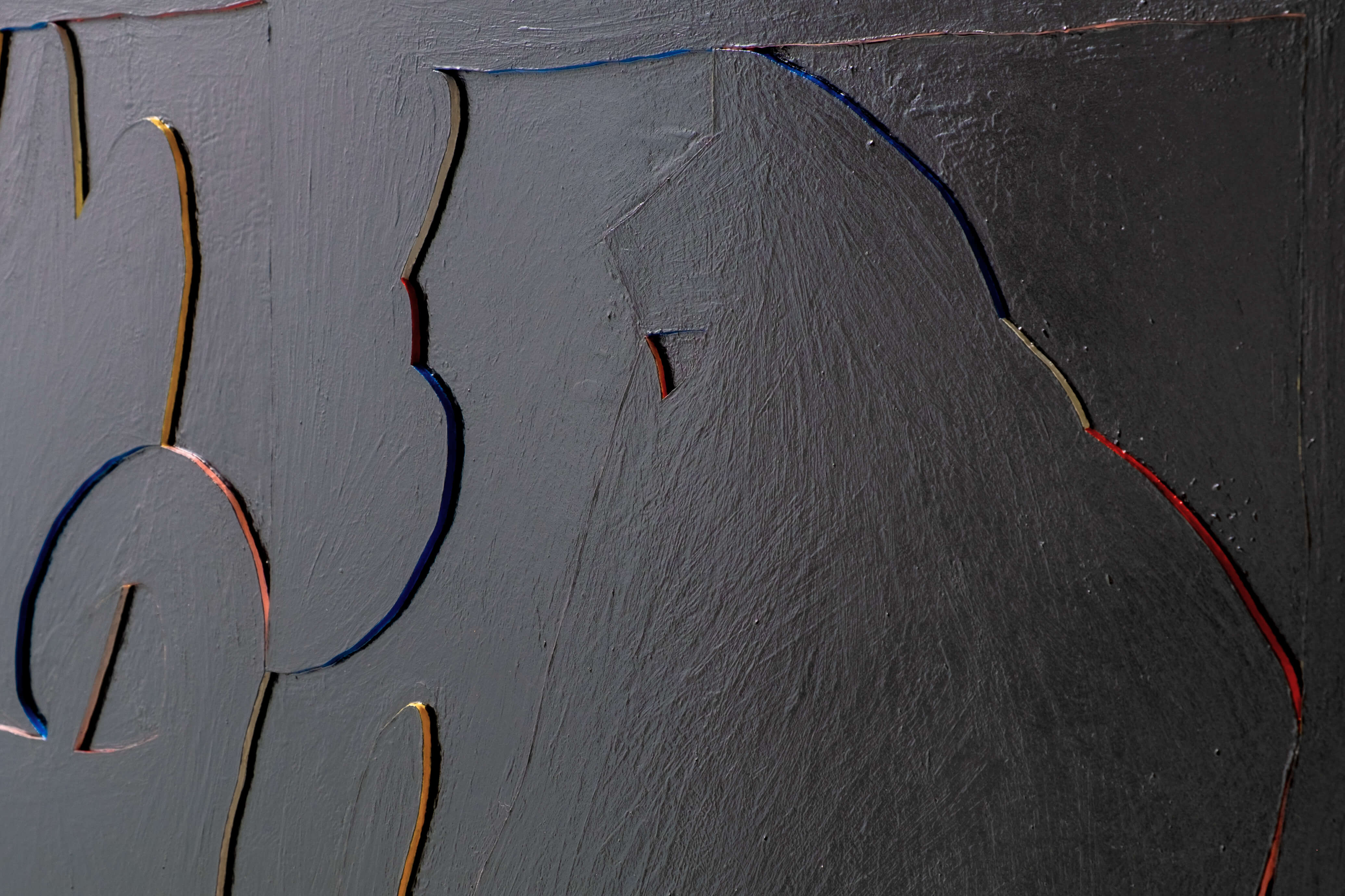
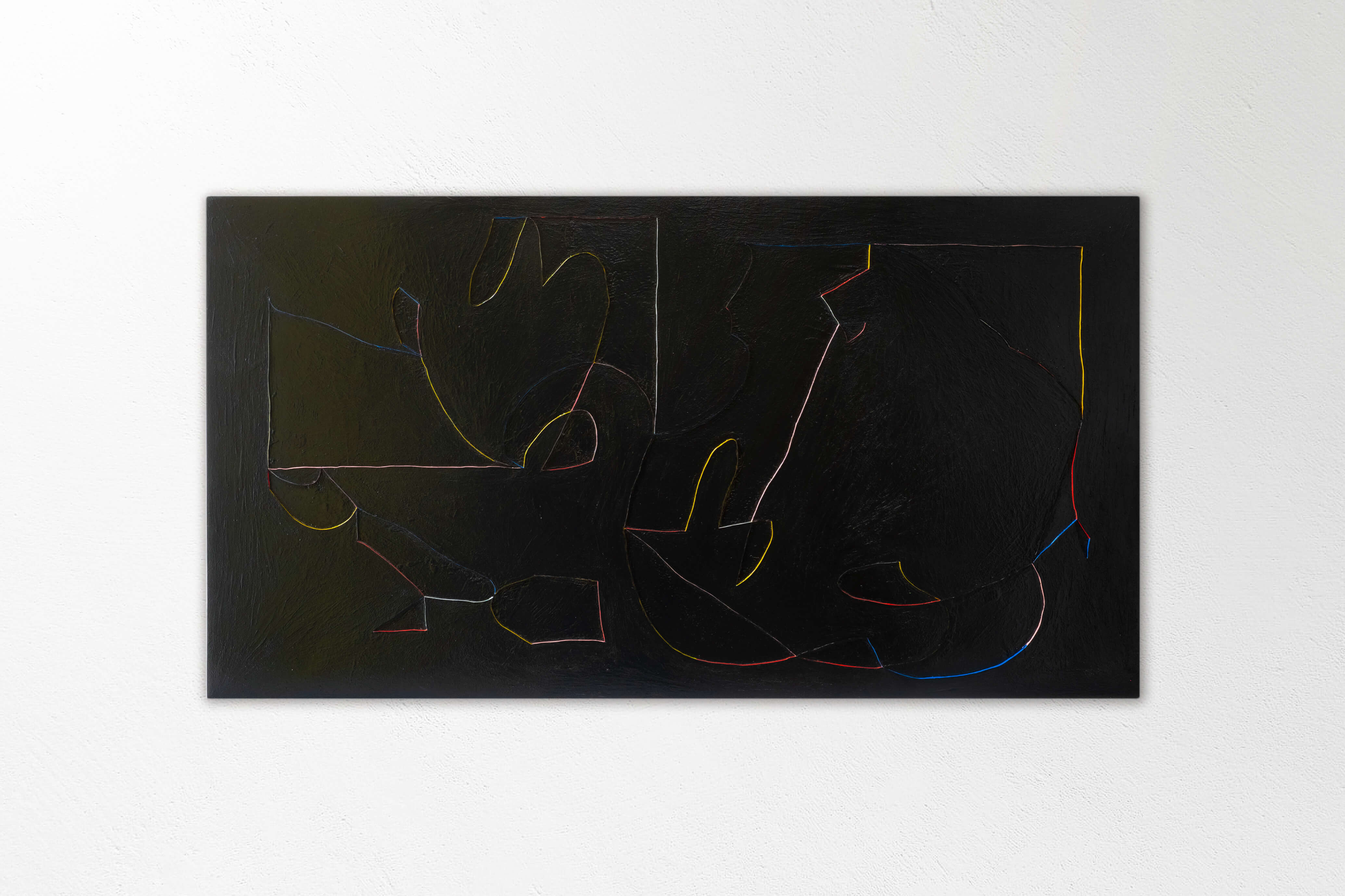

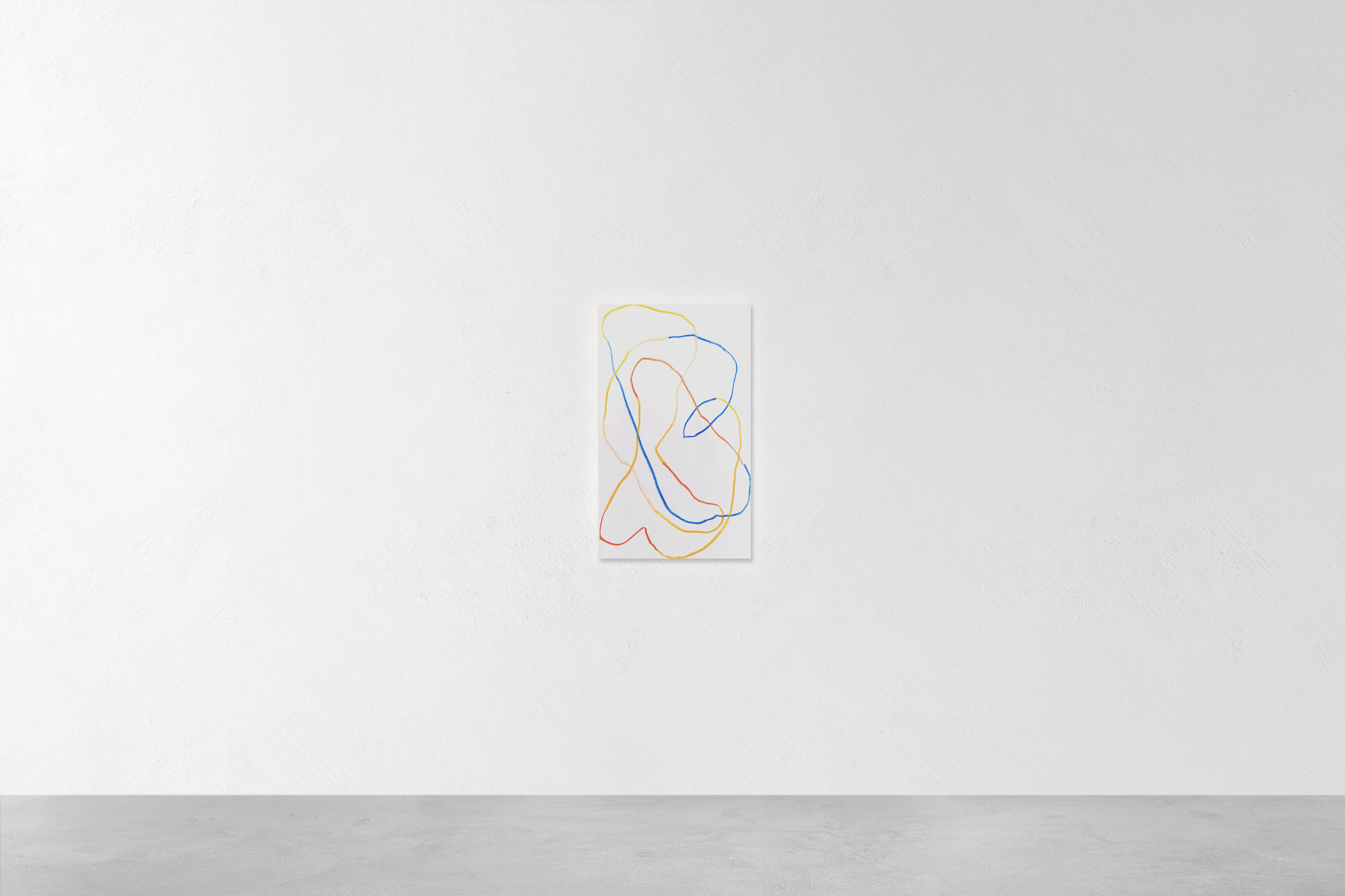




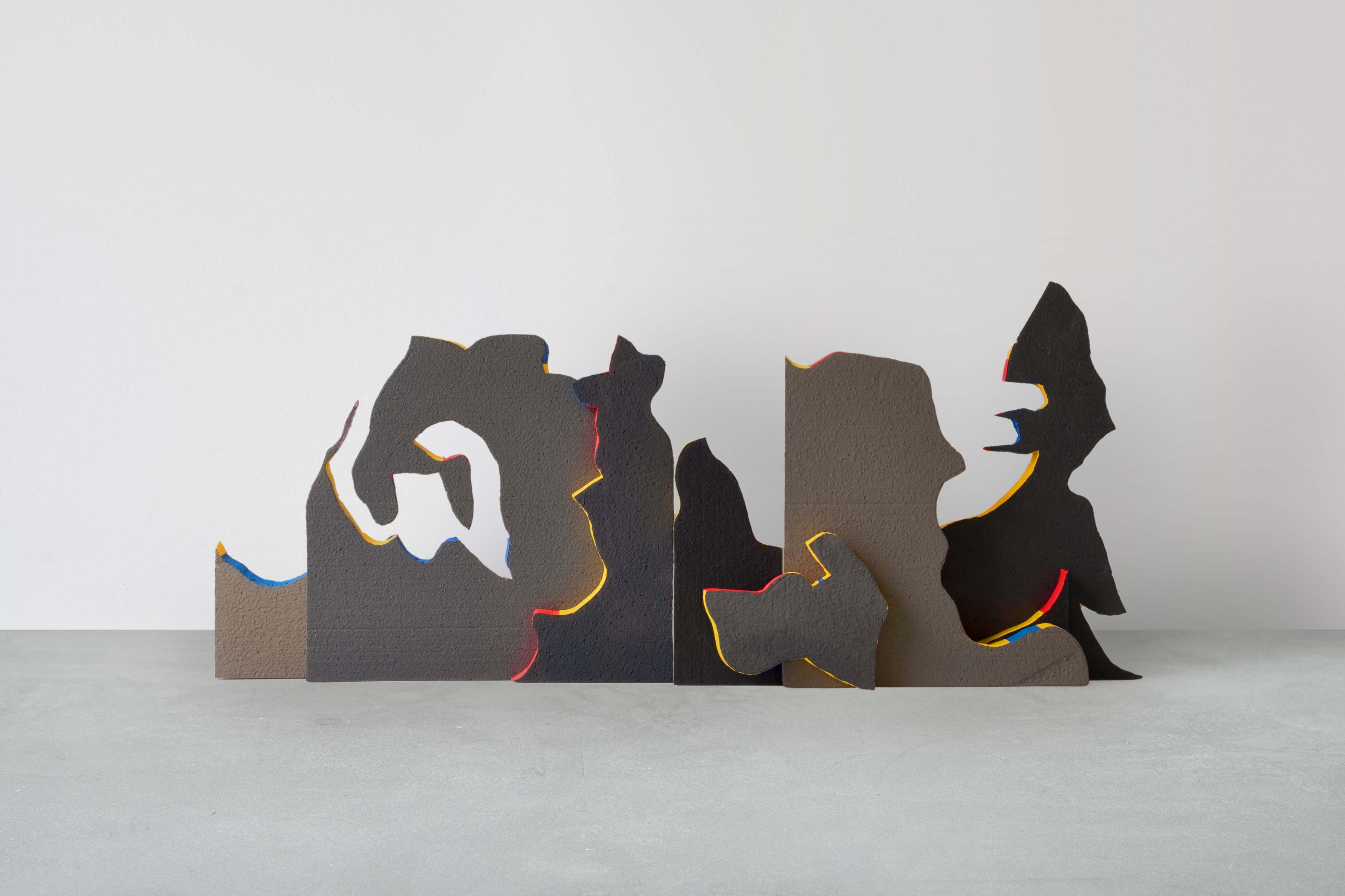


If You Asked Me About A Flower
What Would I Say
Exhibition runtime:
October 05 / 31 October 2024
Opening show: Saturday 05 October
5pm to 8pm
Regular opening times: Friday/Saturday/Sunday
3pm to 6pm
Open also by appointment
Where:
FZ Atelier
Eva Besnyöstraat 36
1087KR Amsterdam NL
If You Asked Me About A Flower
What Would I Say
Exhibition runtime:
What Would I Say
Exhibition runtime:
October 05 / 31 October 2024
Opening show: Saturday 05 October
5pm to 8pm
Regular opening times: Friday/Saturday/Sunday
3pm to 6pm
Open also by appointment
Opening show: Saturday 05 October
5pm to 8pm
Regular opening times: Friday/Saturday/Sunday
3pm to 6pm
Open also by appointment
Where:
FZ Atelier
Eva Besnyöstraat 36
1087KR Amsterdam NL
FZ Atelier
Eva Besnyöstraat 36
1087KR Amsterdam NL






G.E.C. /
IF YOU ASKED ME ABOUT A FLOWER
WHAT WOULD I SAY
2024
This work mixes figurative and abstract language, repetition and evolutionary change, to deal with topics of identity and representation while posing questions on subjectivity and intersubjectivity.
Viewers are disoriented but placed in an active position, free to interpret and reconstruct creatively the scattered landscape around them, constituted by the representation of a single subject (a flower) that has been fragmented and displayed around them in several parallel reconfigurations.
The subject of the ‘flower’ is merely a starting point, as its fragmentation and all its simultaneous variations constitute the work.
It is a vision of the contemporary work of art which does not position itself at the termination point of the creative process (a ‘finished product’ to be contemplated), but more as a site of navigation, a portal, a generator of ongoing activities in perpetual evolution.
The public is encouraged to question what is in front of their eyes—in the context of the exhibition as well as metaphorically in their lives—and to go beyond the immediate appearance, choosing plurality over singularity, finding similarities among differences while celebrating variability.
Viewers are free to explore multiple abstract shapes and structures created by dismantling, scrambling, recomposing copies of the initial flower into new alternative and simultaneous narratives, suggesting an open-minded approach for challenging the representation of everything around us, actively envisioning new configurations and significances.
Viewers are disoriented but placed in an active position, free to interpret and reconstruct creatively the scattered landscape around them, constituted by the representation of a single subject (a flower) that has been fragmented and displayed around them in several parallel reconfigurations.
The subject of the ‘flower’ is merely a starting point, as its fragmentation and all its simultaneous variations constitute the work.
It is a vision of the contemporary work of art which does not position itself at the termination point of the creative process (a ‘finished product’ to be contemplated), but more as a site of navigation, a portal, a generator of ongoing activities in perpetual evolution.
The public is encouraged to question what is in front of their eyes—in the context of the exhibition as well as metaphorically in their lives—and to go beyond the immediate appearance, choosing plurality over singularity, finding similarities among differences while celebrating variability.
Viewers are free to explore multiple abstract shapes and structures created by dismantling, scrambling, recomposing copies of the initial flower into new alternative and simultaneous narratives, suggesting an open-minded approach for challenging the representation of everything around us, actively envisioning new configurations and significances.
Taking inspiration from what happens in Nature in which very different species share the same identical DNA building blocks but arranged in different ways, all these artworks present small arrangement variations which lead to vastly different results in the way they appear.
Flowers can have similar features but different configurations, can display mutations, or can combine together fragments from different sets, producing compact arrangements or grouped into families.
At the forefront is the generative process that redefines the initial shape of the flower each time, not the artworks of the flowers themselves.
The portrayal of each flower is displayed in a continuous rearrangement of its ‘elementary components’ (the same fragments generated by the initial dissection gesture of a one-line scribble), rather than on a unique configuration (singular interpretation). Many variations of that flower are created simultaneously by combining almost identical copies of its basic elements, connected and arranged in different ways. Artworks are reconstructed abstractedly using homogeneous fragments from similar sets or by blending together sets of fragments from different ones.
At the forefront is the generative process that redefines the initial shape of the flower each time, not the artworks of the flowers themselves.
The portrayal of each flower is displayed in a continuous rearrangement of its ‘elementary components’ (the same fragments generated by the initial dissection gesture of a one-line scribble), rather than on a unique configuration (singular interpretation). Many variations of that flower are created simultaneously by combining almost identical copies of its basic elements, connected and arranged in different ways. Artworks are reconstructed abstractedly using homogeneous fragments from similar sets or by blending together sets of fragments from different ones.
G.E.C. /
SURFACES
2021
Surfaces is a collection of 5 artworks , each one is a digital collage (C-print and mounted on acrylglass) that recombines the same initial visual motif in five different geometrical configurations, increasingly harder to be recognised.
The initial subject is a high resolution cropped portion of the painting Just Like Fishes in an Aquarium (MACULA / Chinese Whispers), in which colors and textures have been digitally manipulated to get away from the initial subject. The works on one side connects with the work MACULA, while on the other side it brings the distortion of the initial subject to the extreme, becoming entirely something else.
Collection Overview
Collection Overview
Collection Overview

G.E.C. /SURFACES
2021
The series is composed of 5 artworks (Untitled 1 to Untitled 5) each one available in an edition of 5. In each artwork the subject is fragmented in different ways using grids of increasingly higher density, and recomposed in new configurations as if they were pieces of a puzzle of ever-increasing complexity.
Untitled 1W 32 x H 32 x D 8 cm (artwork)
Digital collage, C-printed on Fuji Crystal Archive paper, mounted on acrylglass
Untitled 1W 32 x H 32 x D 8 cm (artwork)
Digital collage, C-printed on Fuji Crystal Archive paper, mounted on acrylglass



Untitled 2W 32 x H 32 x D 8 cm (artwork)
Digital collage, C-printed on Fuji Crystal Archive paper, mounted on acrylglass
Untitled 2W 32 x H 32 x D 8 cm (artwork)
Digital collage, C-printed on Fuji Crystal Archive paper, mounted on acrylglass



Untitled 3W 32 x H 32 x D 8 cm (artwork)
Digital collage, C-printed on Fuji Crystal Archive paper, mounted on acrylglass
Untitled 3W 32 x H 32 x D 8 cm (artwork)
Digital collage, C-printed on Fuji Crystal Archive paper, mounted on acrylglass



Untitled 4W 32 x H 32 x D 8 cm (artwork)
Digital collage, C-printed on Fuji Crystal Archive paper, mounted on acrylglass
Untitled 4W 32 x H 32 x D 8 cm (artwork)
Digital collage, C-printed on Fuji Crystal Archive paper, mounted on acrylglass



G.E.C. /
POSTCARDS FROM SPACE
2020
In the last few years the universe became the subject of increasing attention not only by the physics community but also by the general public.
The passion for the cosmos is not confined anymore into academic studies. Discoveries are backed up by enormous amounts of data, images are available online in high resolution for people to explore, fantasize and wonder. The expanding universe, its theories and its implications opened up to the mainstream, not only as the new frontier but as a sort of new 'commodity'.
A universe that has become a commodity before even having a complete picture of what we are consuming exactly.
The title Postcards From Space refers to the cosmos being the last frontier both for scientific exploration - in terms of physics discoveries - and the new commodity for human exploration - in terms of expeditions and leisure - uniting the human strive for knowledge and quest of the unknown with the future of civil space exploration.
The work is about the never-ending clash between reality and its representation (in human history, in science, in the universe) and the constant necessity of connecting known and unknow, individual elements to the bigger picture, refreshing the image we have of what surrounds us, updating what we know and leaving space to elaborate what we don't know yet.
The passion for the cosmos is not confined anymore into academic studies. Discoveries are backed up by enormous amounts of data, images are available online in high resolution for people to explore, fantasize and wonder. The expanding universe, its theories and its implications opened up to the mainstream, not only as the new frontier but as a sort of new 'commodity'.
A universe that has become a commodity before even having a complete picture of what we are consuming exactly.
The title Postcards From Space refers to the cosmos being the last frontier both for scientific exploration - in terms of physics discoveries - and the new commodity for human exploration - in terms of expeditions and leisure - uniting the human strive for knowledge and quest of the unknown with the future of civil space exploration.
The work is about the never-ending clash between reality and its representation (in human history, in science, in the universe) and the constant necessity of connecting known and unknow, individual elements to the bigger picture, refreshing the image we have of what surrounds us, updating what we know and leaving space to elaborate what we don't know yet.
Collection Overview
Collection Overview
Collection Overview



























G.E.C. /SPACETIME / BANG / NEBULA
Postcards From Space
2020
P.F.S. Postcards From Space is a collection of 88 wax-crayons drawings on Arches watercolour paper coming from three different series of works: Spacetime, Bang, Nebula.
Each artwork has the size and format of a postcard and depicts sliced abstract motives of larger visual compositions inspired by the cosmos, tapping into contemporary theoretical theories in quantum physics and elements of classic cosmology.
Each artwork has the size and format of a postcard and depicts sliced abstract motives of larger visual compositions inspired by the cosmos, tapping into contemporary theoretical theories in quantum physics and elements of classic cosmology.
Collections view
Collections view
Spacetime (16 artworks)
Bang (36 artworks)
Nebula (36 artworks)
Bang (36 artworks)
Nebula (36 artworks)


BANG /
Postcards From Space
2020
The Big Bang is a cosmological model of the observable universe from the earliest known periods through its subsequent large-scale evolution. The model describes how the universe expanded from an initial state of extremely high density and high temperature, and offers a comprehensive explanation for a broad range of observed phenomena.
After its initial expansion, the universe cooled sufficiently to allow the formation of subatomic particles, and later atoms.
Giant clouds of these primordial elements – mostly hydrogen, with some helium and lithium – later coalesced through gravity, forming early stars and galaxies, the descendants of which are visible today.
After its initial expansion, the universe cooled sufficiently to allow the formation of subatomic particles, and later atoms.
Giant clouds of these primordial elements – mostly hydrogen, with some helium and lithium – later coalesced through gravity, forming early stars and galaxies, the descendants of which are visible today.
Bang, 2020
Complete series (36 artworks)W 155 x H 115 mm
Wax-crayons on Archer 300g watercolour paper, clear fixative
Bang, 2020
Complete series (36 artworks)W 155 x H 115 mm
Wax-crayons on Archer 300g watercolour paper, clear fixative
Complete series (36 artworks)
Wax-crayons on Archer 300g watercolour paper, clear fixative
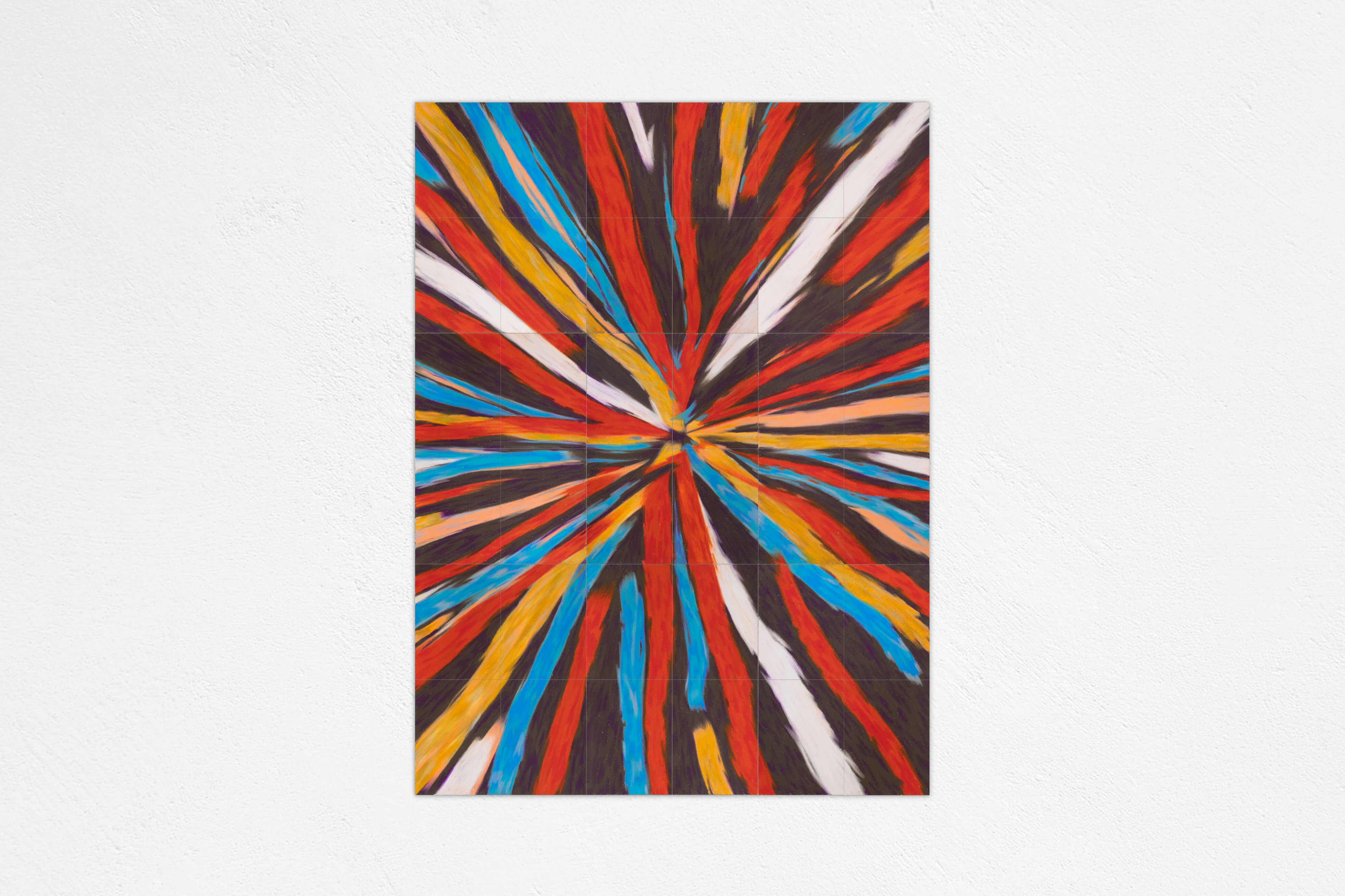
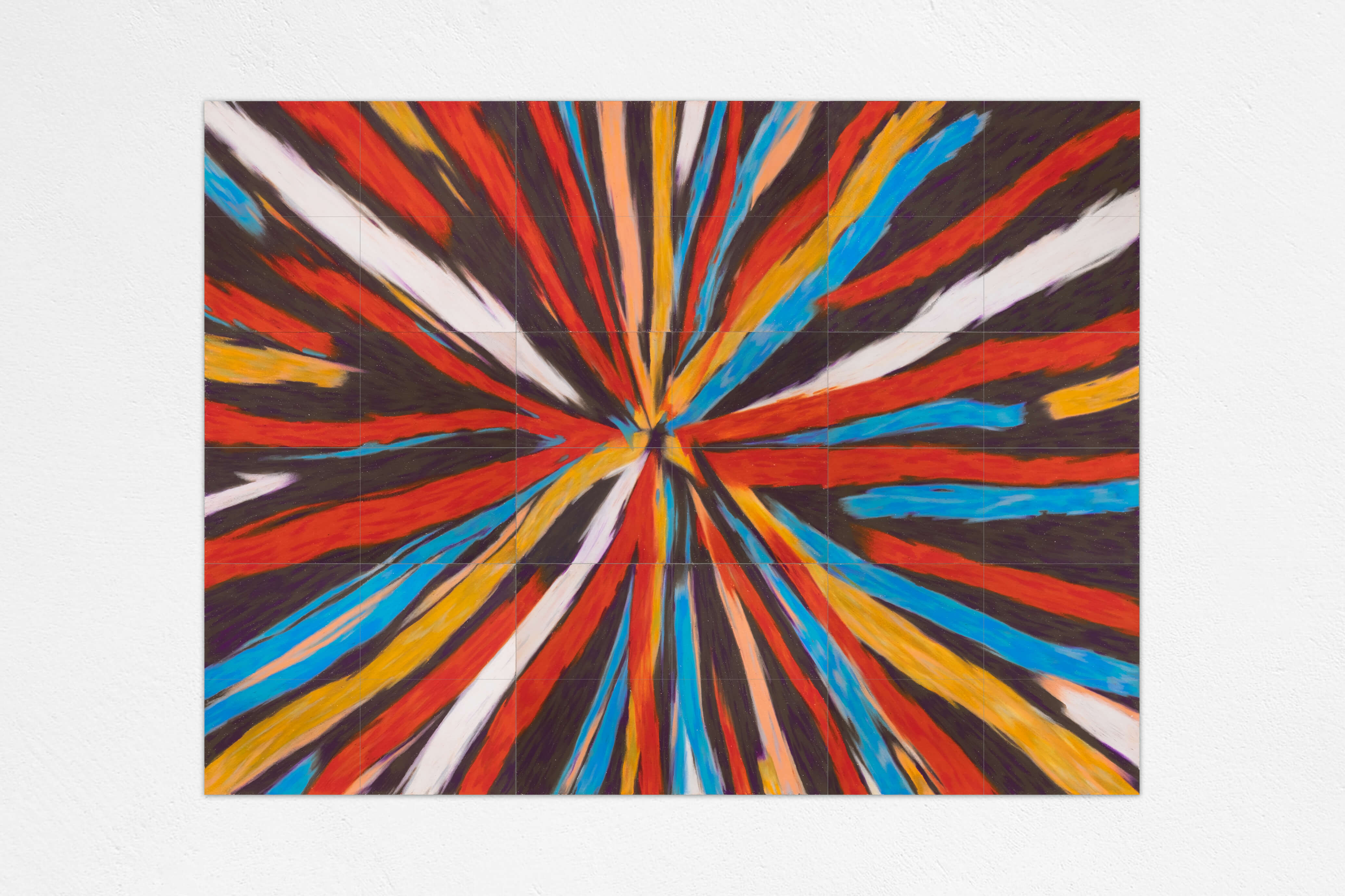

Bang, 2020
Individual drawingsW 155 x H 115 mm
Wax-crayons on Archer 300g watercolour paper, clear fixative
Bang, 2020
Individual drawingsW 155 x H 115 mm
Wax-crayons on Archer 300g watercolour paper, clear fixative
Individual drawings
Wax-crayons on Archer 300g watercolour paper, clear fixative



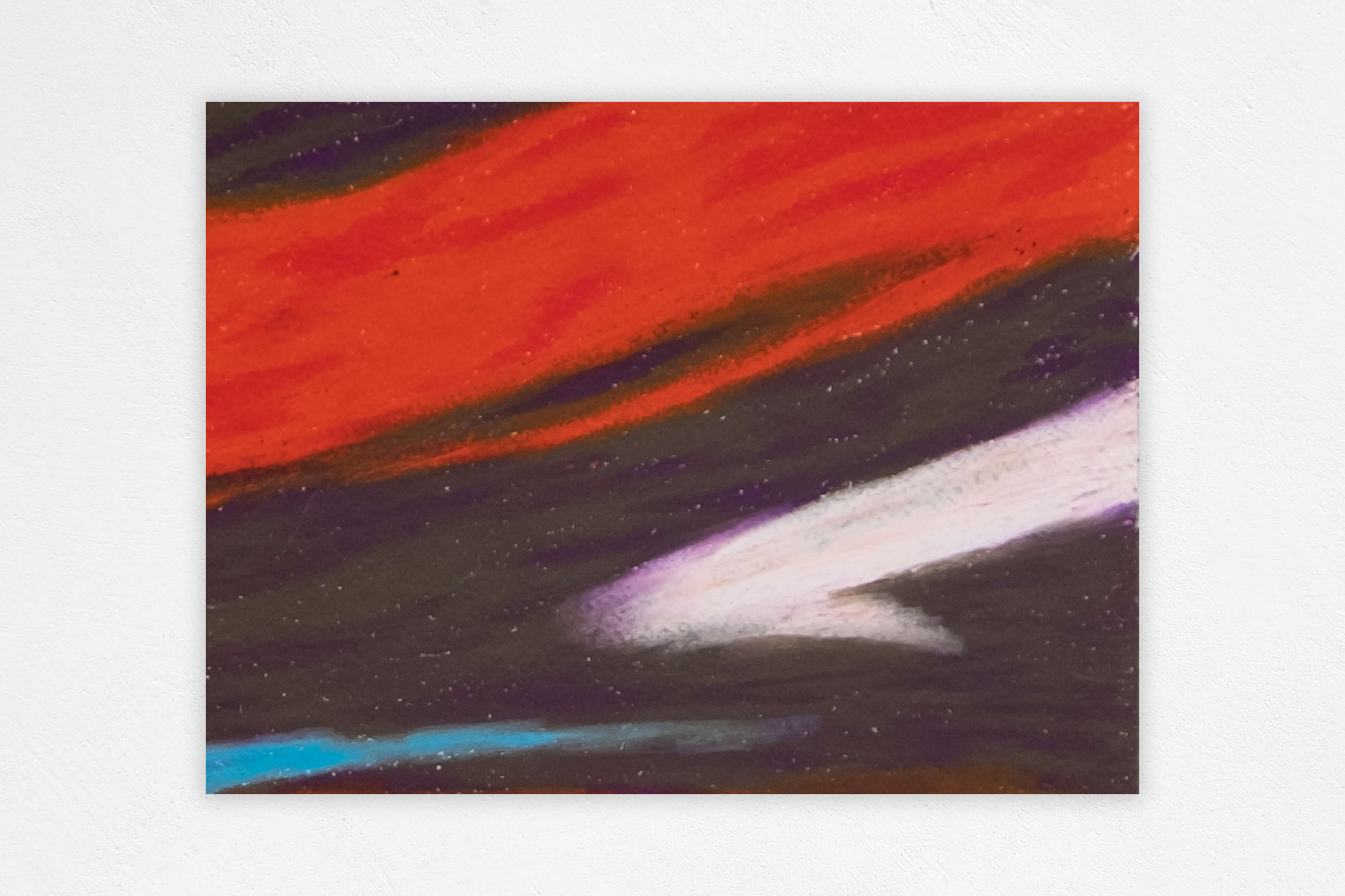






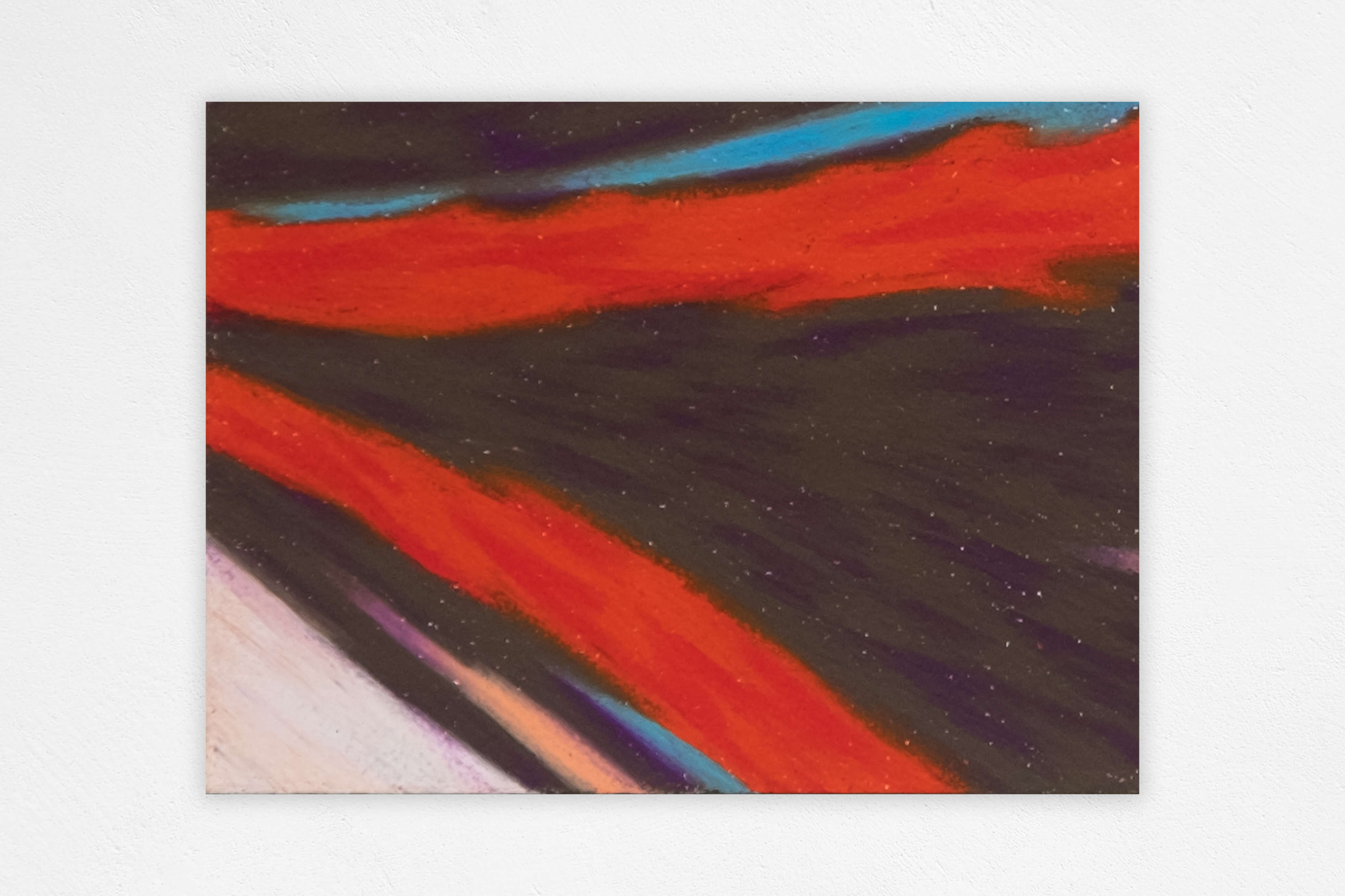













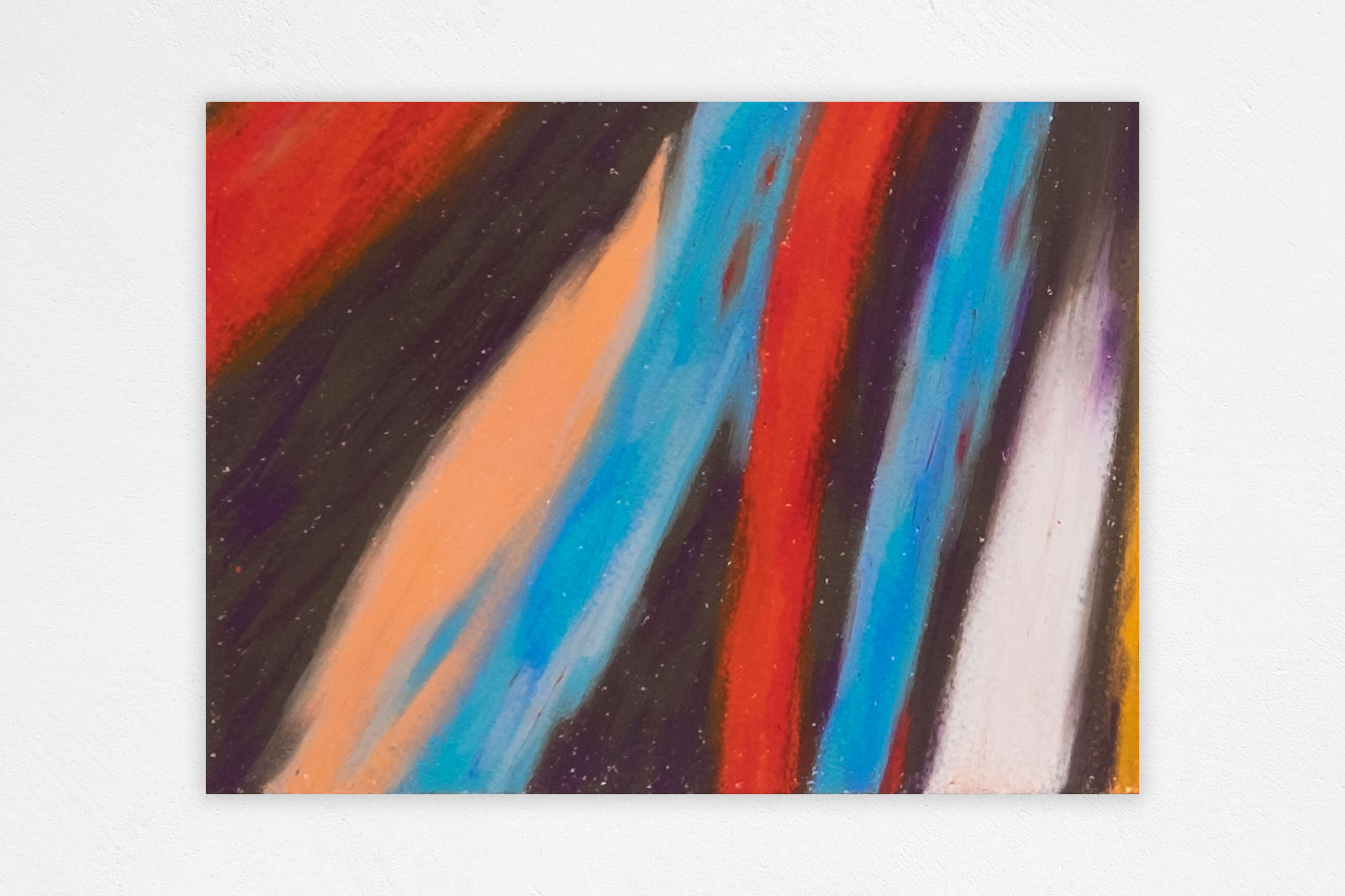







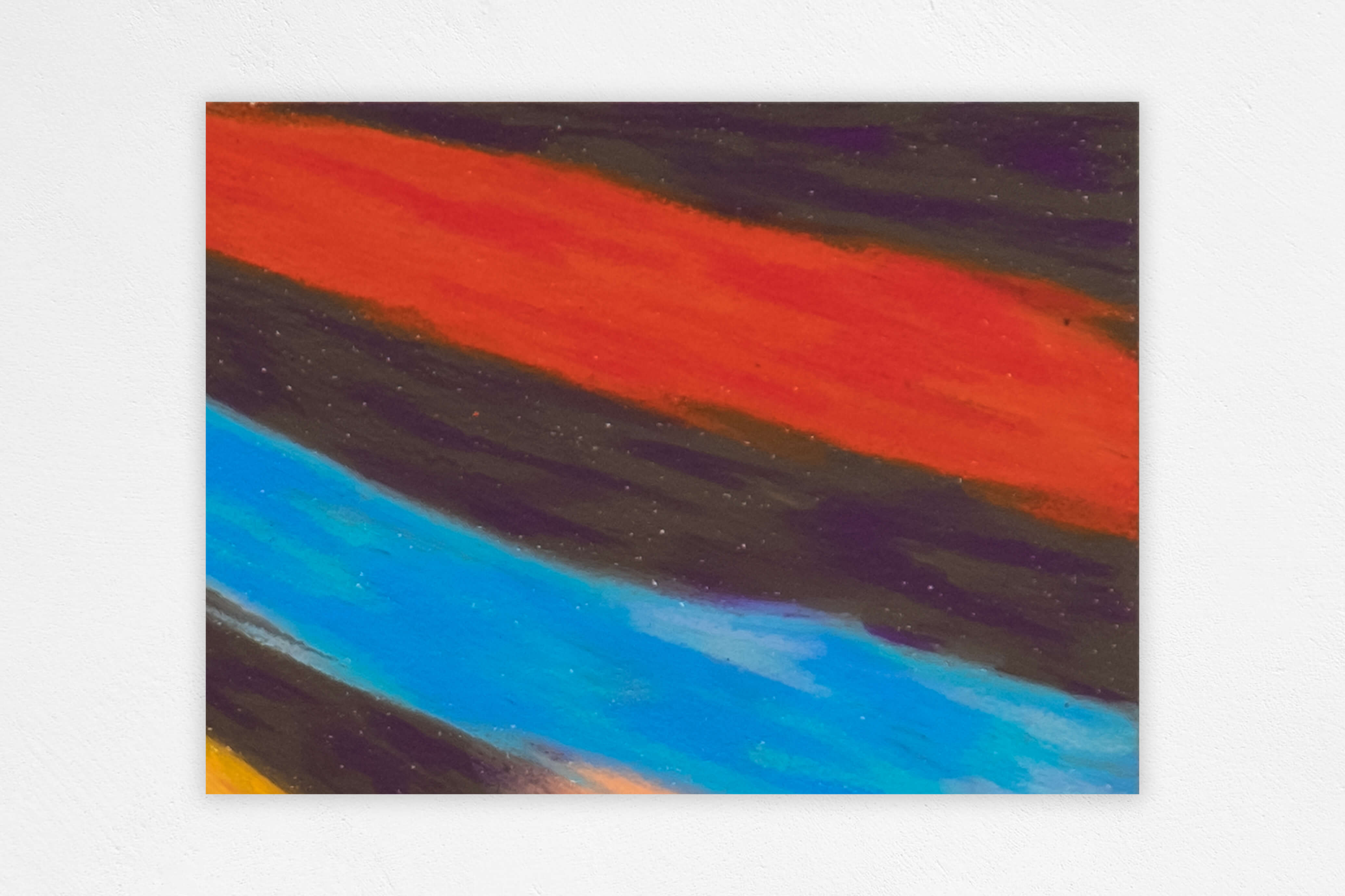


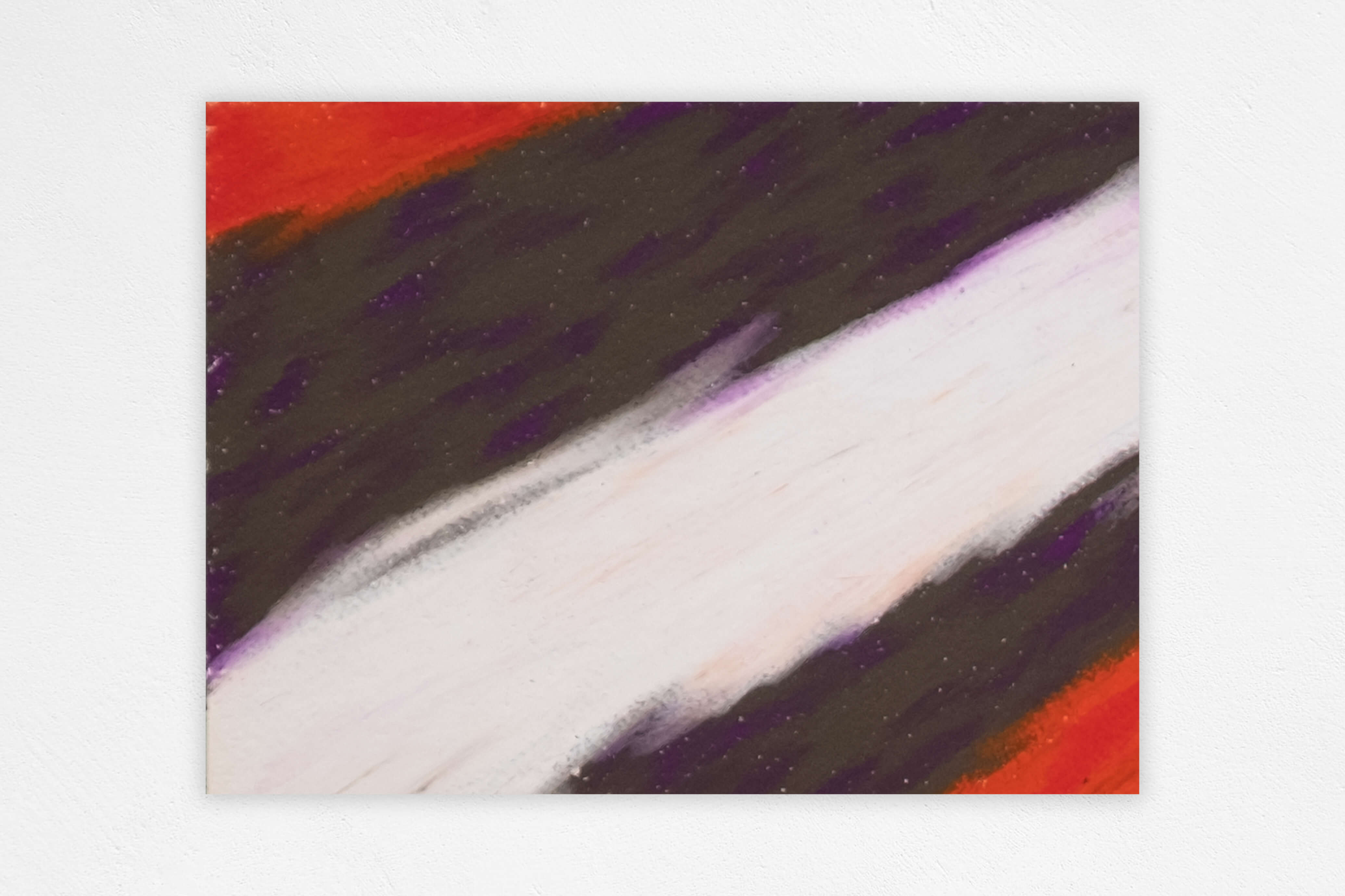

NEBULA /
Postcards From Space
2020
A nebula (Latin for 'cloud' or 'fog', pl. nebulae, nebulæ or nebulas) is an interstellar cloud of dust, hydrogen, helium and other ionized gases. Originally, the term was used to describe any diffused astronomical object, including galaxies beyond the Milky Way.
Most nebulae are of vast size; some are hundreds of light-years in diameter. Although denser than the space surrounding them, most nebulae are far less dense than any vacuum created on Earth – a nebular cloud the size of the Earth would have a total mass of only a few kilograms. Many nebulae are visible due to fluorescence caused by embedded hot stars, while others are so diffused that they can be detected only with long exposures and special filters. Nebulae are often star-forming regions.
In these regions, the formations of gas, dust, and other materials ‘clump’ together to form denser regions, which attract further matter, and eventually will become dense enough to form stars.
The remaining material is then believed to form planets and other planetary system objects.
Most nebulae are of vast size; some are hundreds of light-years in diameter. Although denser than the space surrounding them, most nebulae are far less dense than any vacuum created on Earth – a nebular cloud the size of the Earth would have a total mass of only a few kilograms. Many nebulae are visible due to fluorescence caused by embedded hot stars, while others are so diffused that they can be detected only with long exposures and special filters. Nebulae are often star-forming regions.
In these regions, the formations of gas, dust, and other materials ‘clump’ together to form denser regions, which attract further matter, and eventually will become dense enough to form stars.
The remaining material is then believed to form planets and other planetary system objects.
Nebula, 2020
Complete series (36 artworks)W 155 x H 115 mm
Wax-crayons on Archer 300g watercolour paper, clear fixative
Nebula, 2020
Complete series (36 artworks)W 155 x H 115 mm
Wax-crayons on Archer 300g watercolour paper, clear fixative
Complete series (36 artworks)
Wax-crayons on Archer 300g watercolour paper, clear fixative


Nebula, 2020
Individual drawingsW 155 x H 115 mm
Wax-crayons on Archer 300g watercolour paper, clear fixative
Nebula, 2020
Individual drawingsW 155 x H 115 mm
Wax-crayons on Archer 300g watercolour paper, clear fixative
Individual drawings
Wax-crayons on Archer 300g watercolour paper, clear fixative

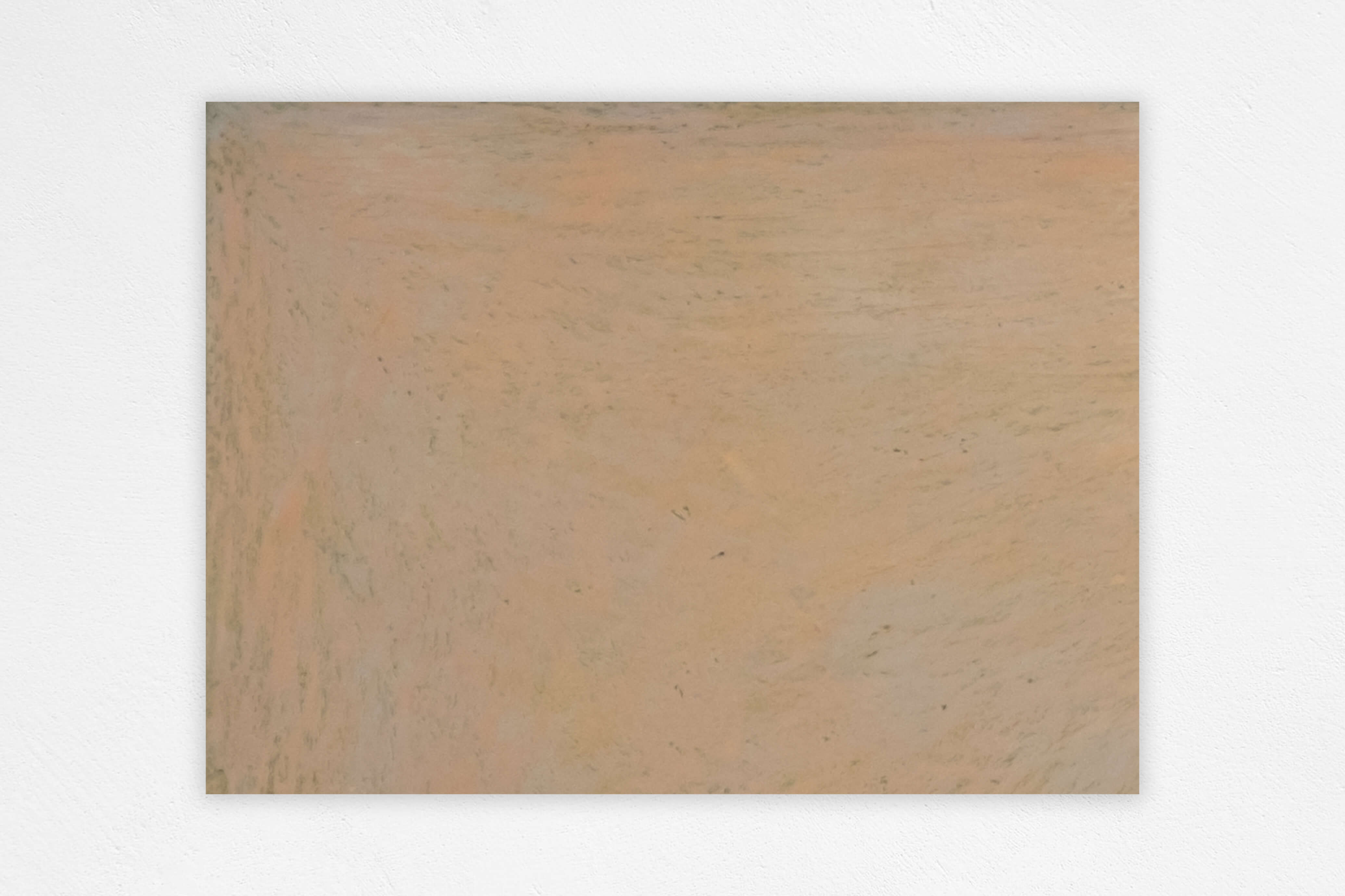






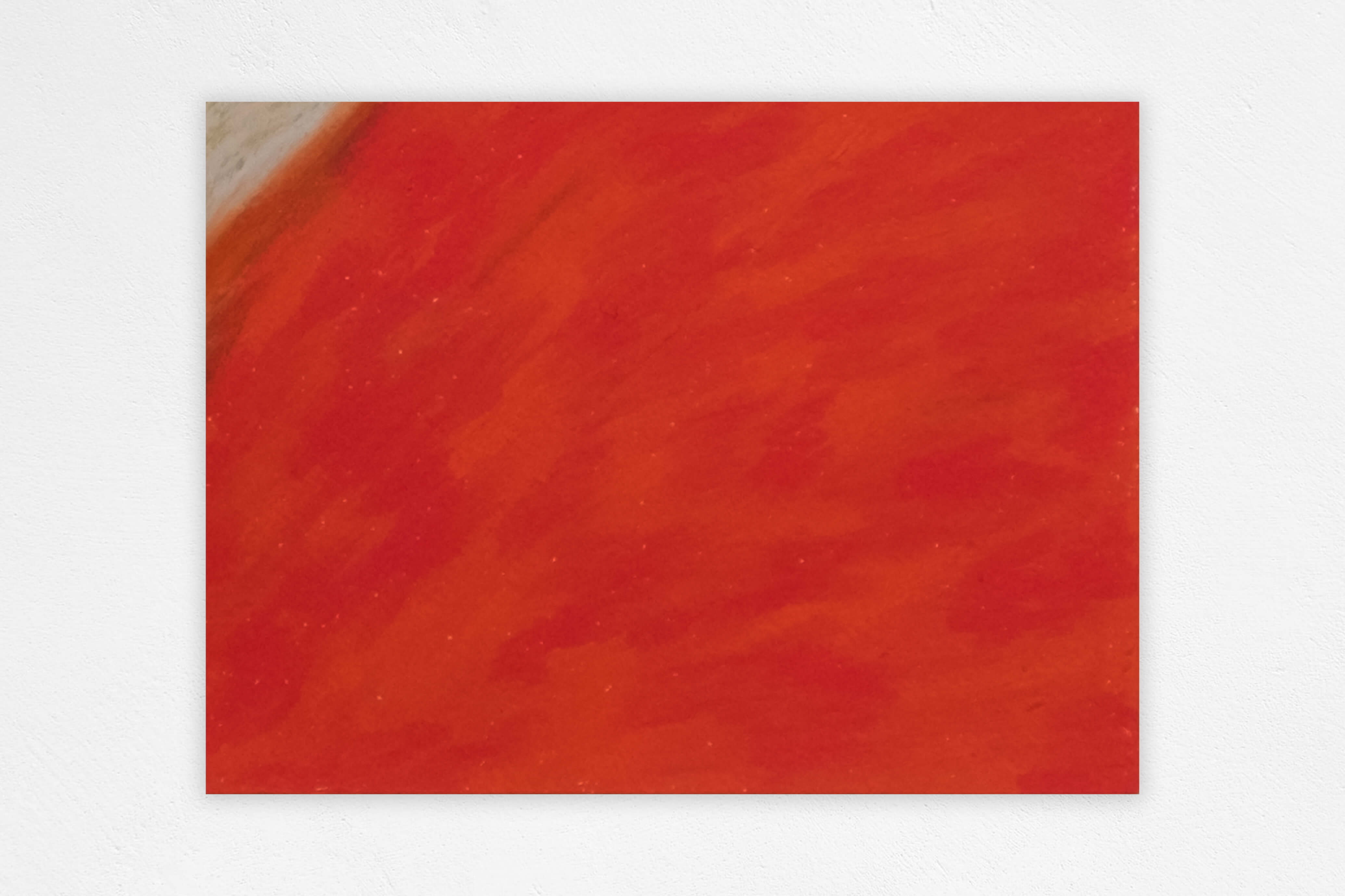















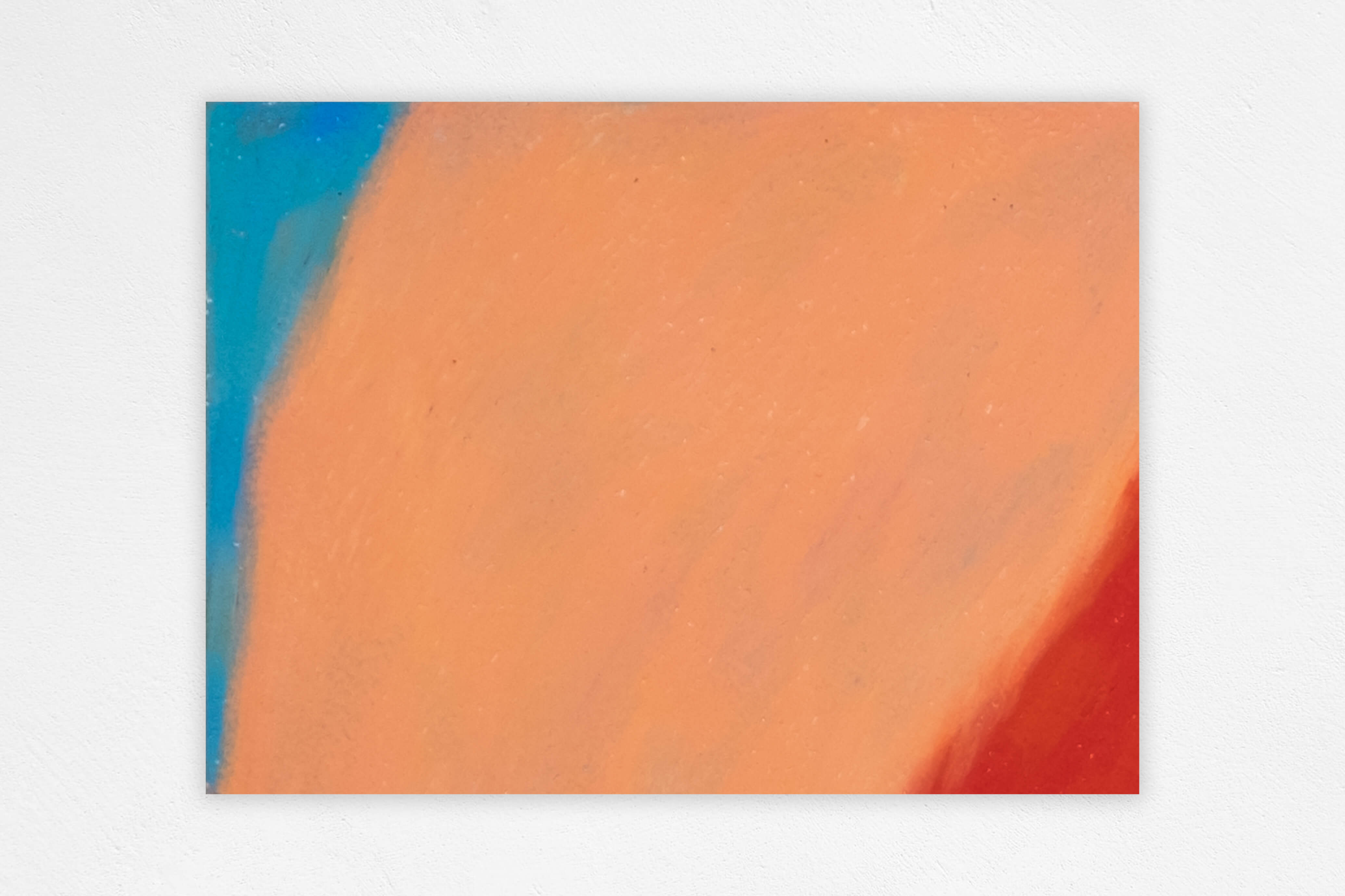
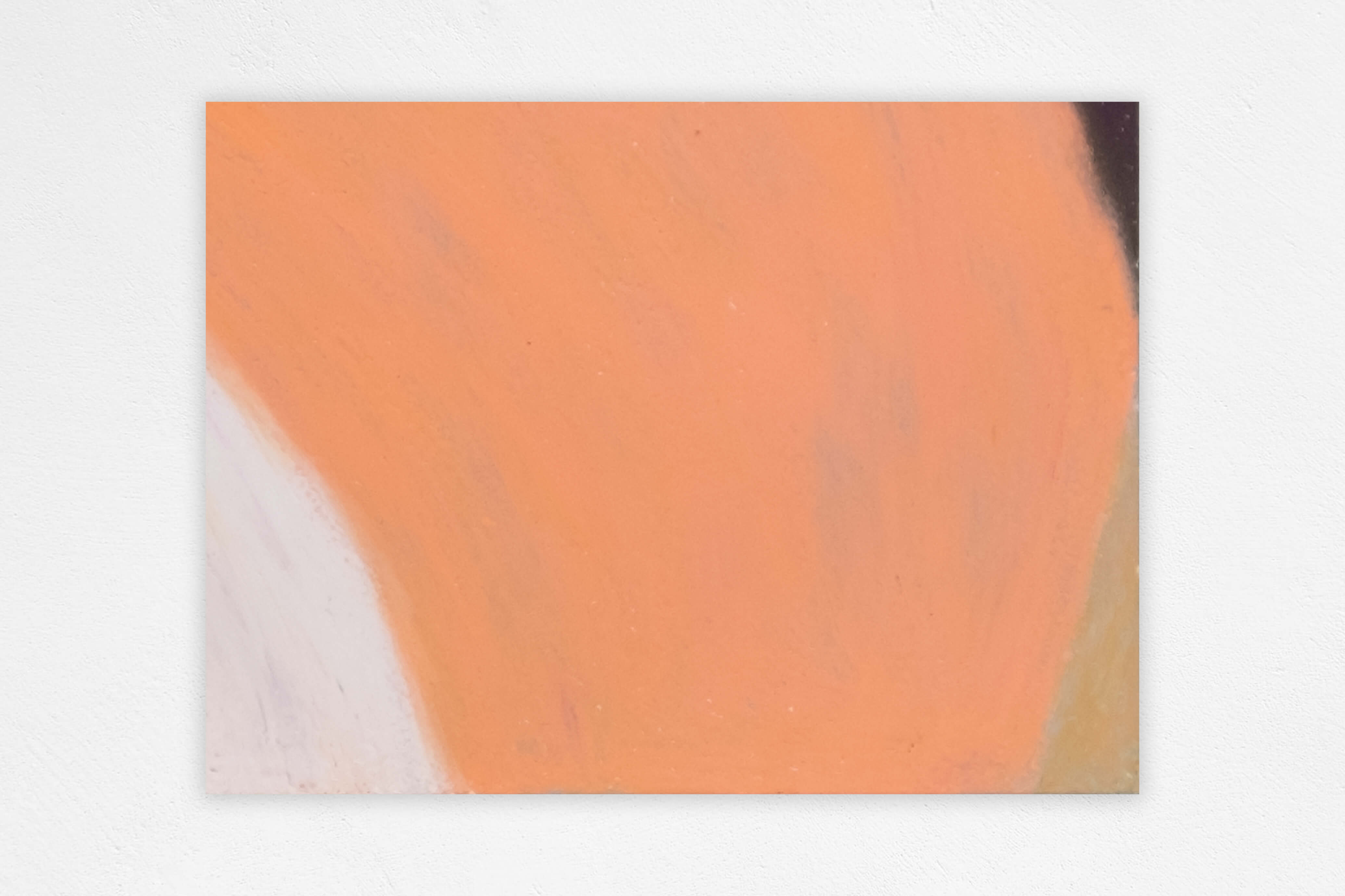




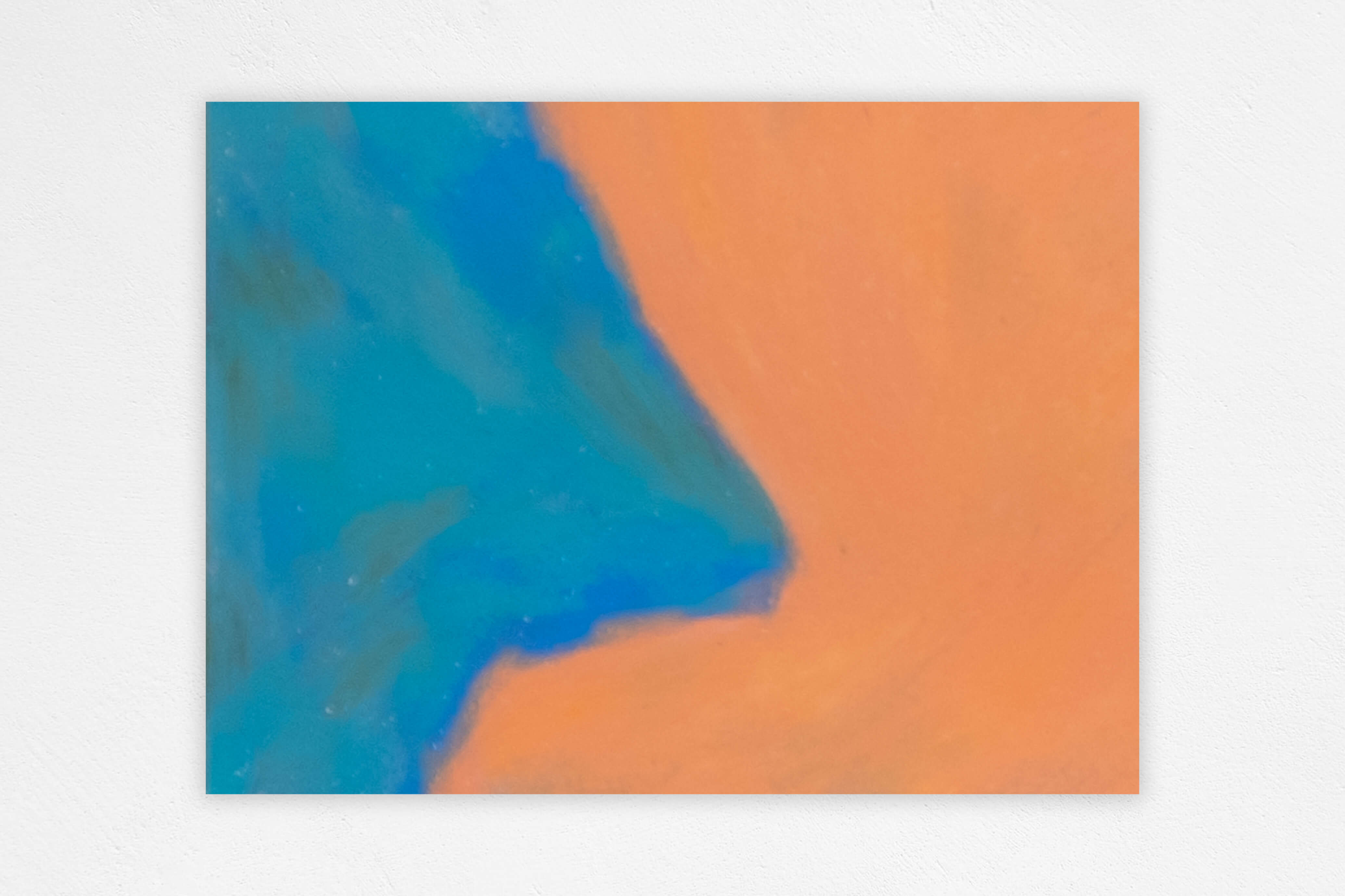


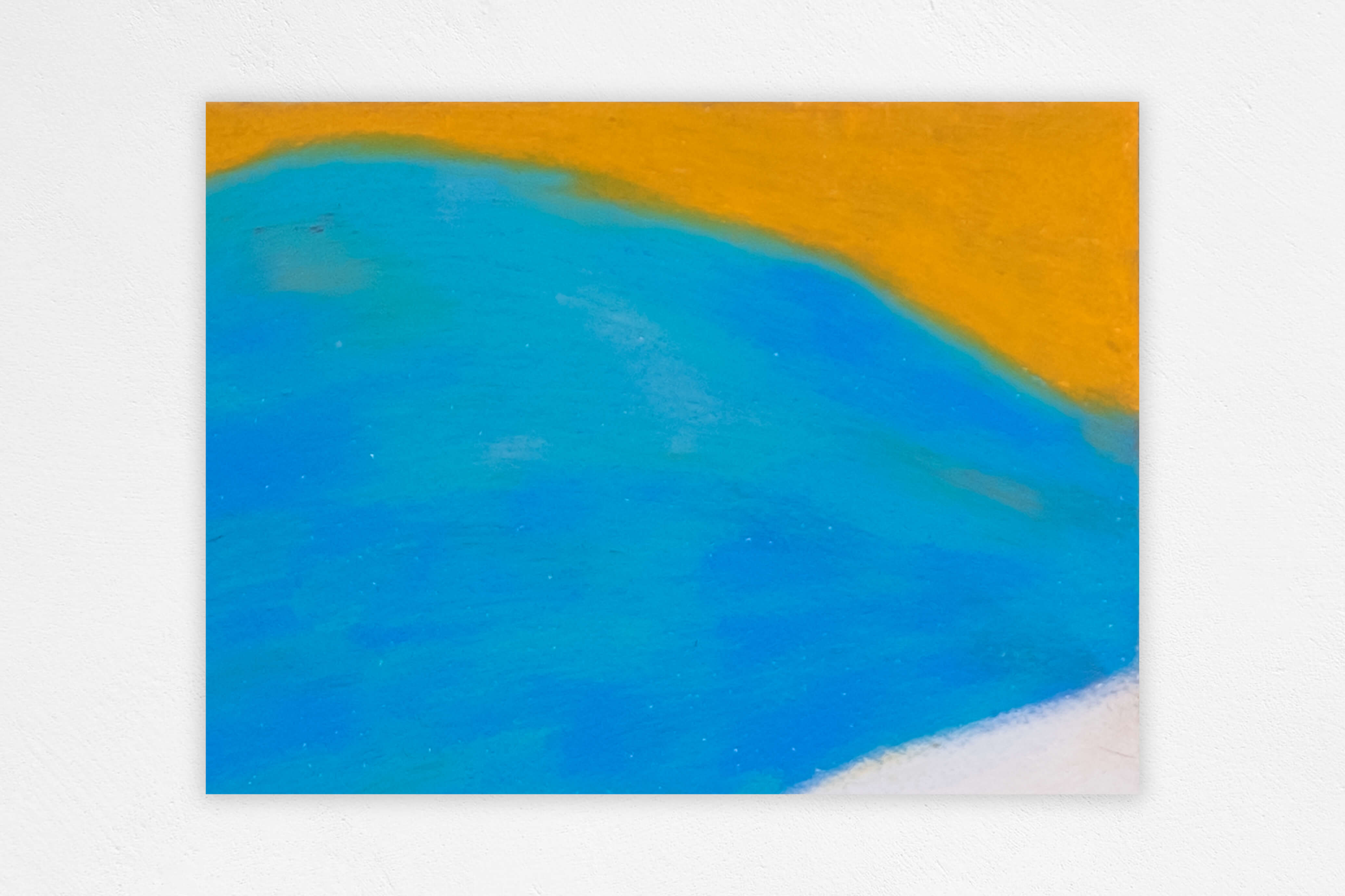



SPACETIME /
Postcards From Space
2020
In physics, spacetime is any mathematical model which fuses the three dimensions of space and the one dimension of time into a single four-dimensional manifold. Spacetime diagrams can be used to visualize relativistic effects, such as why different observers perceive differently where and when events occur. A way to visualize the concept of curved spacetime is a ‘fluid’ surface with a grid of local coordinates living on it, giving the local directions of space and time.
Spacetime, 2020
Individual drawings
Spacetime, 2020
Individual drawings
W 155 x H 115 mm
Wax-crayons on Archer 300g watercolour paper, clear fixative
Wax-crayons on Archer 300g watercolour paper, clear fixative
















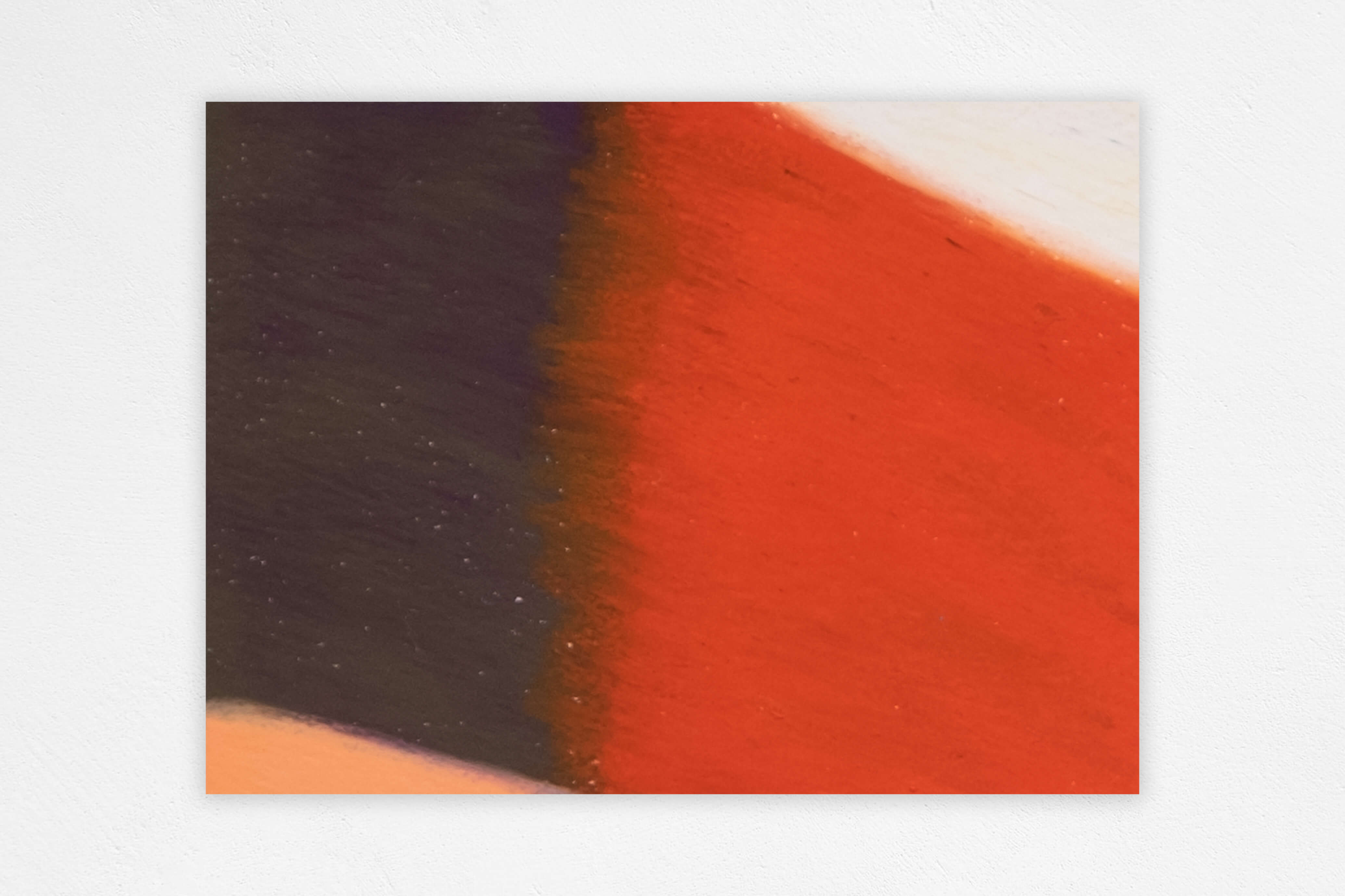
P.F.S. RECOMBINED /
Installation, 2020
As P.F.S. is about constant concealed access to knowledge and truth,
the collection undergoes an everchanging recombination of the artworks in each series.
In the P.F.S. Recombined installation 2020, the viewer understands immediately that once arranged in the correct order these drawings would communicate clearly what the content they represent.
Yet the scattered order these many drawings are arranged on the wall convey a sense of magnitude and disorientation, the need to elaborate and complete what's missing to create a coherent image and a clear representation of reality.
In the P.F.S. Recombined installation 2020, the viewer understands immediately that once arranged in the correct order these drawings would communicate clearly what the content they represent.
Yet the scattered order these many drawings are arranged on the wall convey a sense of magnitude and disorientation, the need to elaborate and complete what's missing to create a coherent image and a clear representation of reality.
P.F.S. RECOMBINED2020
Installation view
P.F.S. RECOMBINED2020
Installation view
W 250 x H 155 cm
Collection of 88 drawings
Wax-crayons on Archer 300g watercolour paper, clear fixative
Collection of 88 drawings
Wax-crayons on Archer 300g watercolour paper, clear fixative

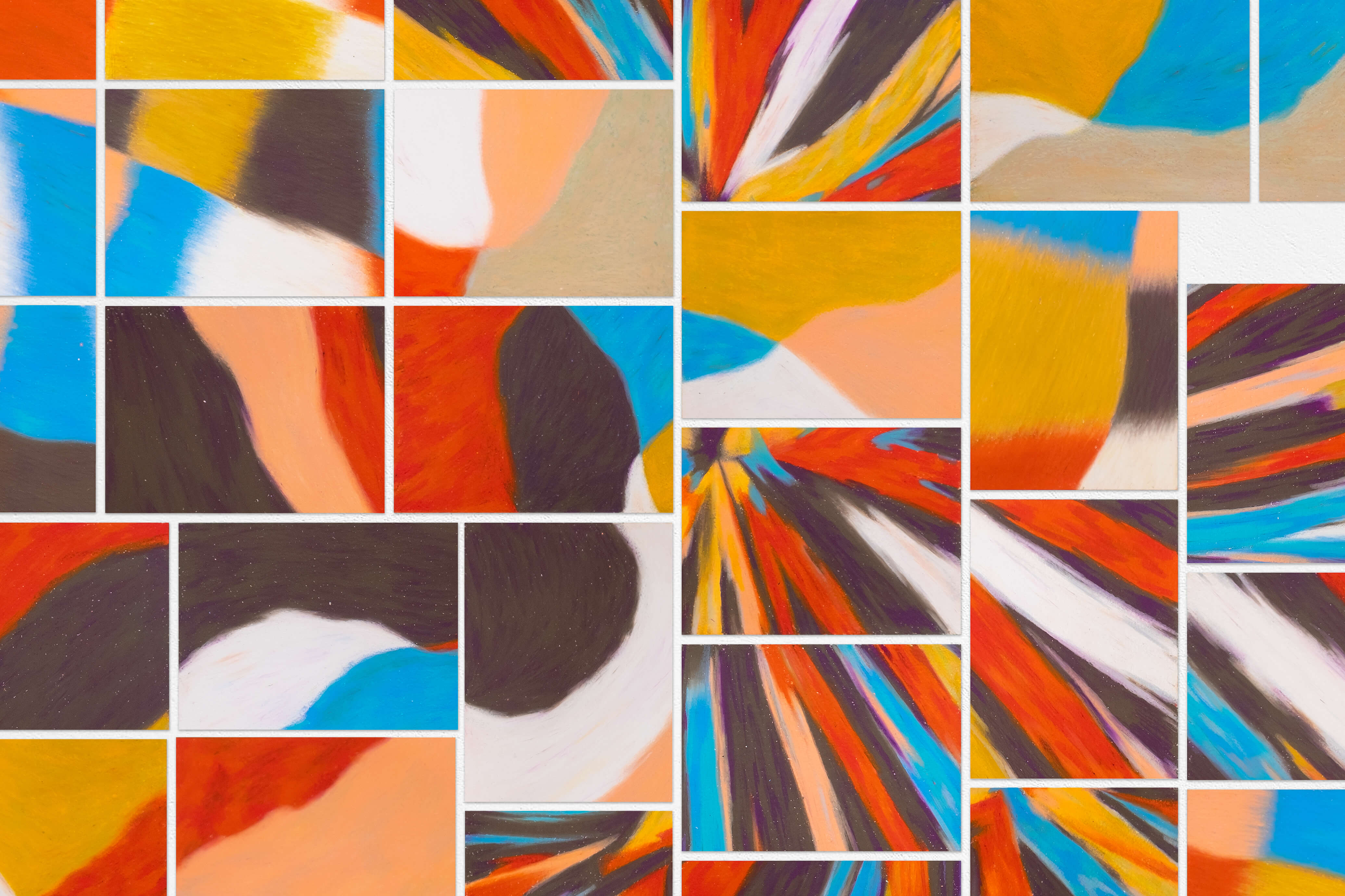




SERIES:
THERE IS NO RIGHT
THERE IS NO WRONG
2019
There Is No Right There Is No Wrong is a quest for new modalities of visual composition combining fast random hand gestures and meticulous formal re-configurations.
It explores the recursive and generative potential of a quickly drawn doodle-like line translated into a physical medium, and especially the process of rearranging the various parts generated by this randomic gesture (and its subsequent cut into the material) into three-dimensional non-objective compositions of various typologies.
It is a dialogue between contrasting opposites: the spontaneity of the generation of randomic forms and the necessity to control and balance its composition, in an almost primordial activity of discovering possibilities expressed directly by the forms and their affordances. Turmoil and order and the tension to free floating forms - yet following specific sets of parameters, which are different each time.
Every single choice taken along this process of re configuration of the elements is relevant, and has small and big impacts on the following moves, as well as the growth and the development of the whole system.
It can be seen as a metaphor of our life, as we proceed through chaos.
This series is made up of two groups of works (Line 1 and Line 2) each one generated by a single line.
It explores the recursive and generative potential of a quickly drawn doodle-like line translated into a physical medium, and especially the process of rearranging the various parts generated by this randomic gesture (and its subsequent cut into the material) into three-dimensional non-objective compositions of various typologies.
It is a dialogue between contrasting opposites: the spontaneity of the generation of randomic forms and the necessity to control and balance its composition, in an almost primordial activity of discovering possibilities expressed directly by the forms and their affordances. Turmoil and order and the tension to free floating forms - yet following specific sets of parameters, which are different each time.
Every single choice taken along this process of re configuration of the elements is relevant, and has small and big impacts on the following moves, as well as the growth and the development of the whole system.
It can be seen as a metaphor of our life, as we proceed through chaos.
This series is made up of two groups of works (Line 1 and Line 2) each one generated by a single line.
Collection Overview
Collection Overview
Collection Overview
























LINE 1/There Is No Right There Is No Wrong
2019
Line 1 / There Is No Right There Is No Wrong consists of a group of works exploring the recursive and generative evolutions of a seemingly random line.
The works in this group consists of paper cut-outs, bidimensional and tridimensional configurations (bas-relief painting, all-round painting in laser cut-outs and painted MDF boards.
The works in this group consists of paper cut-outs, bidimensional and tridimensional configurations (bas-relief painting, all-round painting in laser cut-outs and painted MDF boards.
Cut-out - Line 1, 2019
There Is No Right There Is No Wrong / G.E.C.W 57 x H 31 cm
Wax crayons on paper, glue, watercolor paper, clear fixative
Cut-out - Line 1, 2019
There Is No Right There Is No Wrong / G.E.C.W 57 x H 31 cm
Wax crayons on paper, glue, watercolor paper, clear fixative
There Is No Right There Is No Wrong / G.E.C.
Wax crayons on paper, glue, watercolor paper, clear fixative

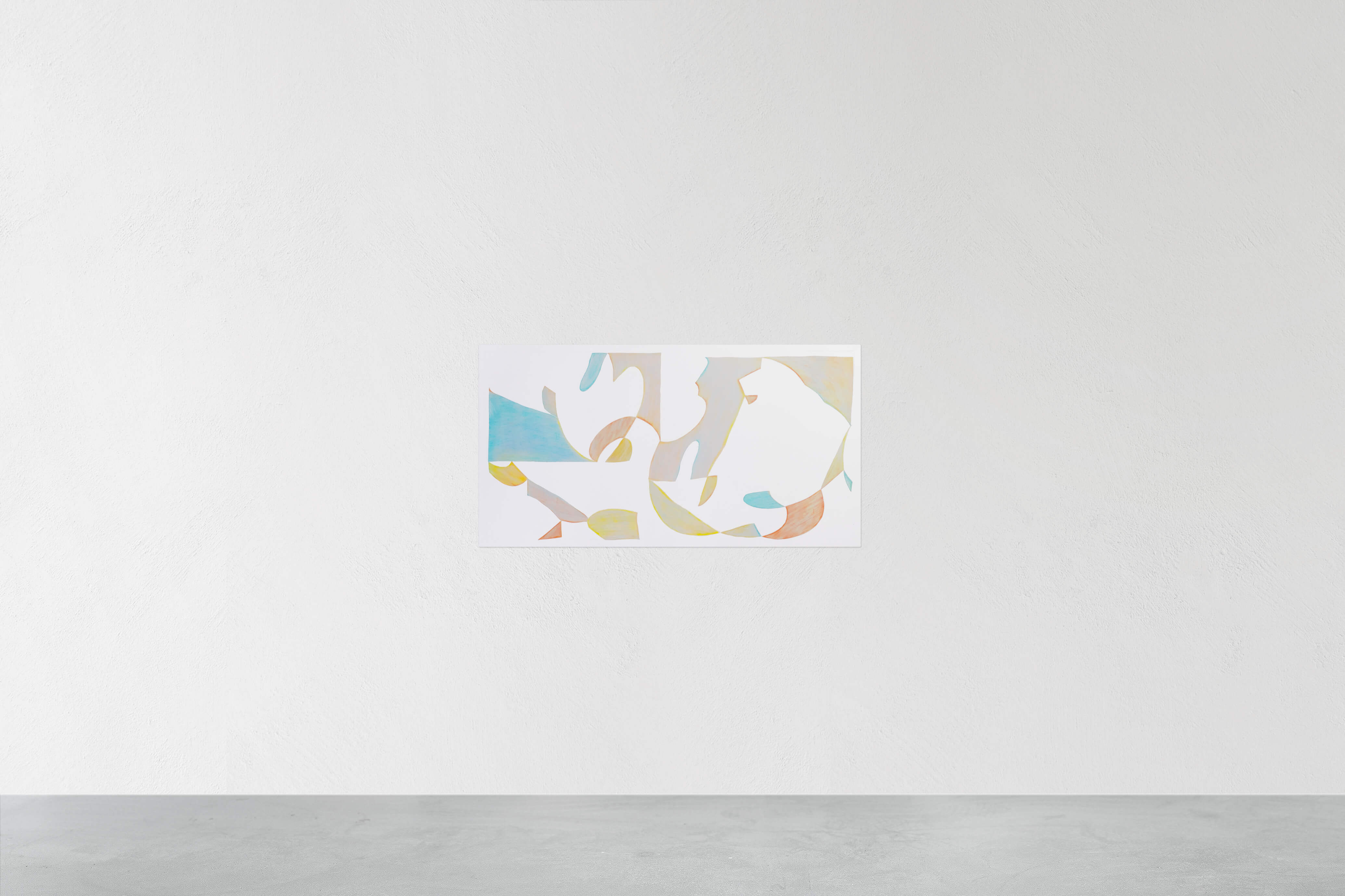
Drawing in Colors - Line 1, 2019
There Is No Right There Is No Wrong / G.E.C.
W 210 x 297 mm
Colored pencils on black paper, clear fixative
Drawing in Colors - Line 1, 2019
There Is No Right There Is No Wrong / G.E.C.
W 210 x 297 mm
Colored pencils on black paper, clear fixative
There Is No Right There Is No Wrong / G.E.C.
Colored pencils on black paper, clear fixative

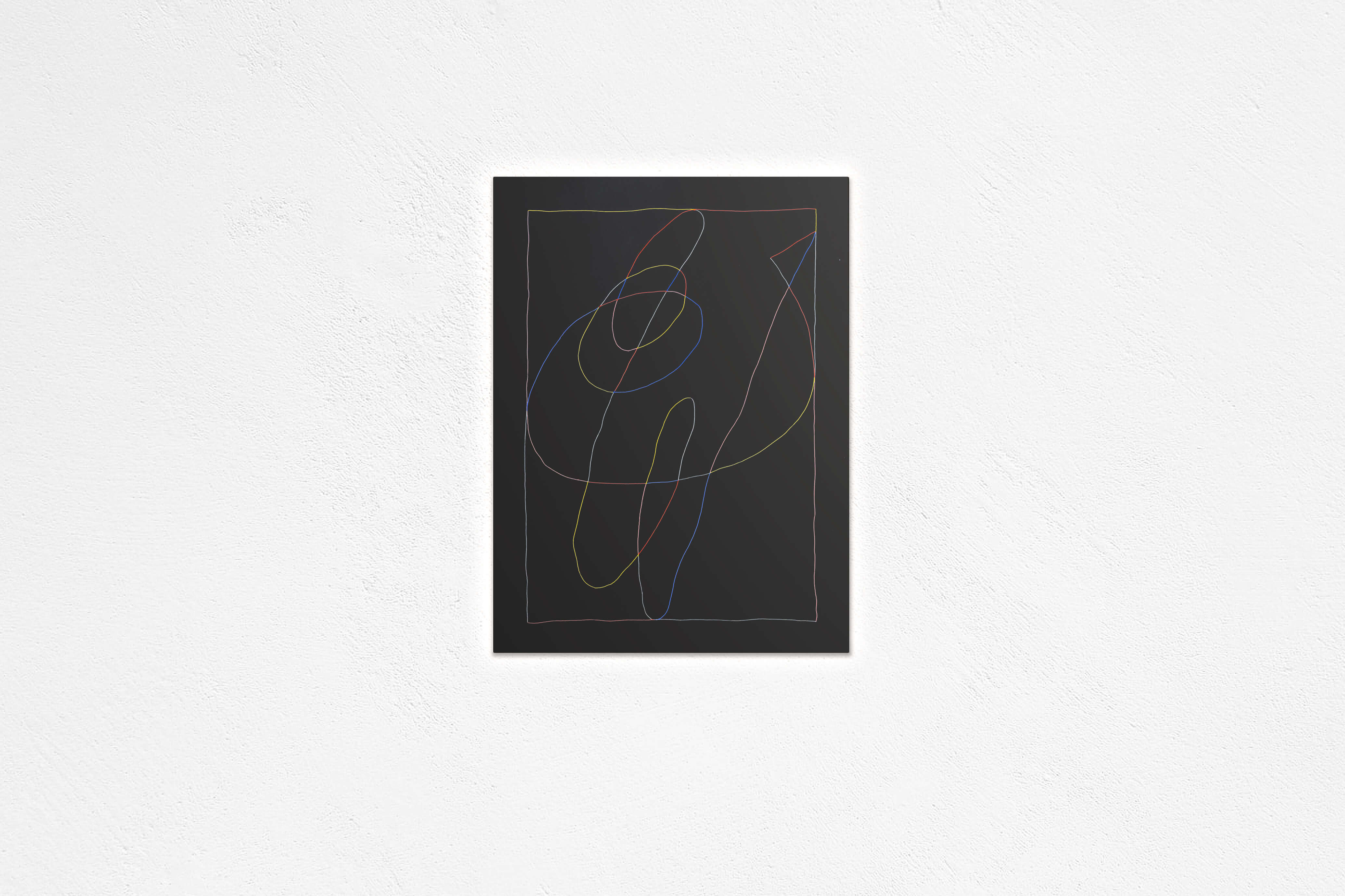

Bas-Relief Painting - Line 1, 2020
There Is No Right There Is No Wrong / G.E.C.W 795 x H 425 x D 5 mm
Acrylic paint on MDF board, glue, clear varnish
Bas-Relief Painting - Line 1, 2020
There Is No Right There Is No Wrong / G.E.C.W 795 x H 425 x D 5 mm
Acrylic paint on MDF board, glue, clear varnish
There Is No Right There Is No Wrong / G.E.C.
Acrylic paint on MDF board, glue, clear varnish



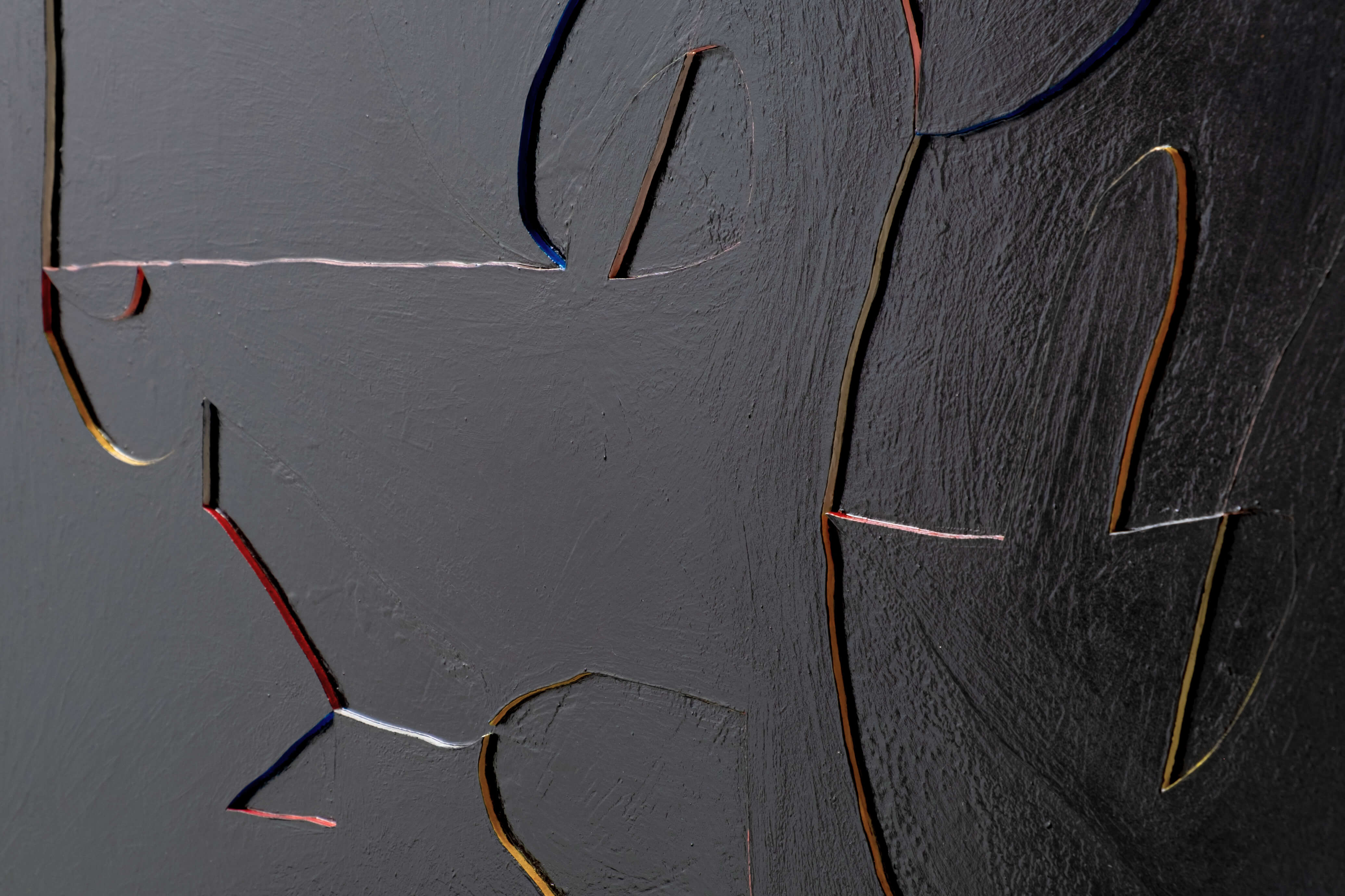



All-Round Painting - Line 1, 2020
There Is No Right There Is No Wrong / G.E.C.W 45 x H 30 x D 45 cm
Acrylic paint on MDF board, glue, clear varnish
All-Round Painting - Line 1, 2020
There Is No Right There Is No Wrong / G.E.C.W 45 x H 30 x D 45 cm
Acrylic paint on MDF board, glue, clear varnish
There Is No Right There Is No Wrong / G.E.C.
Acrylic paint on MDF board, glue, clear varnish

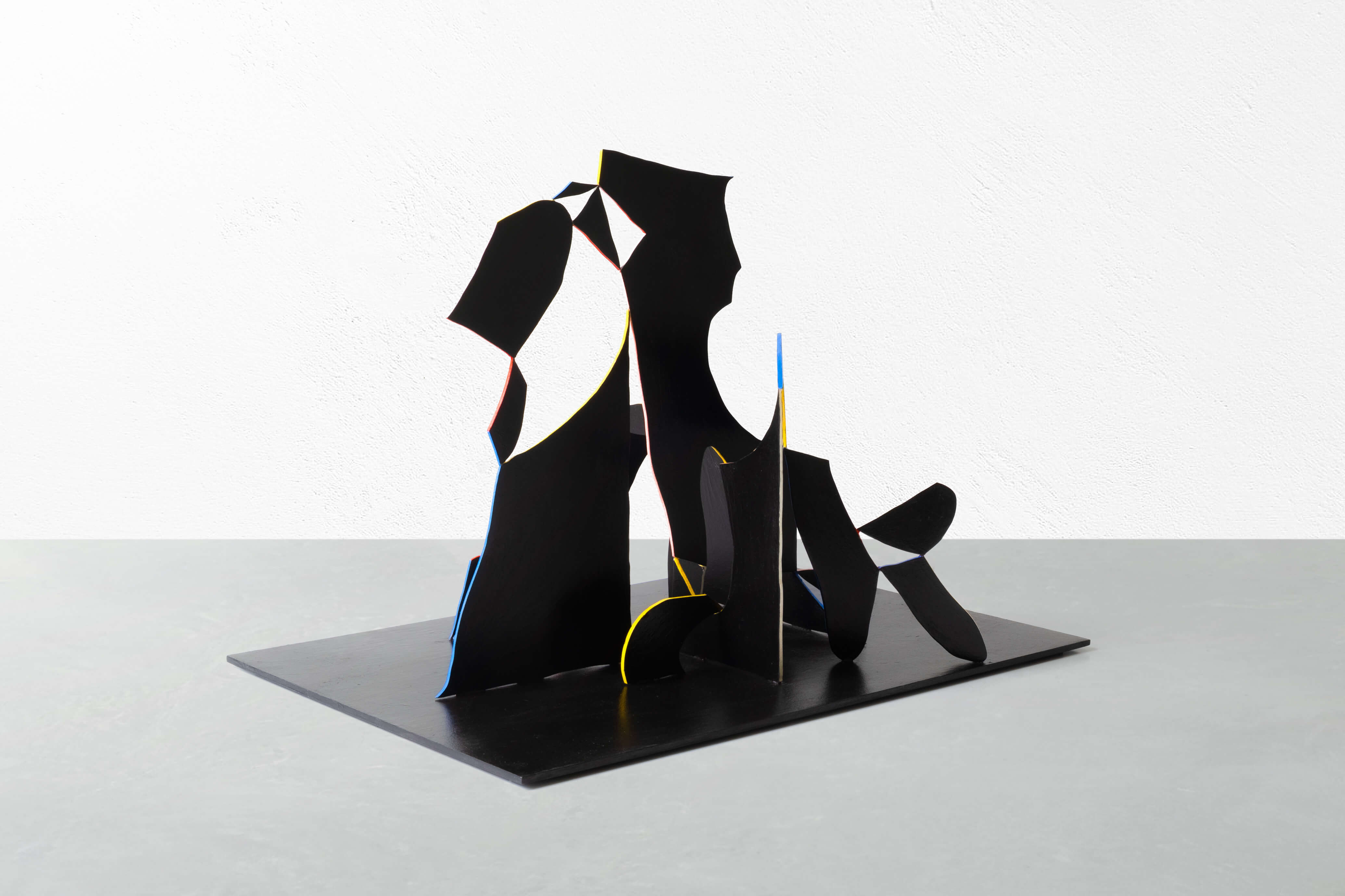

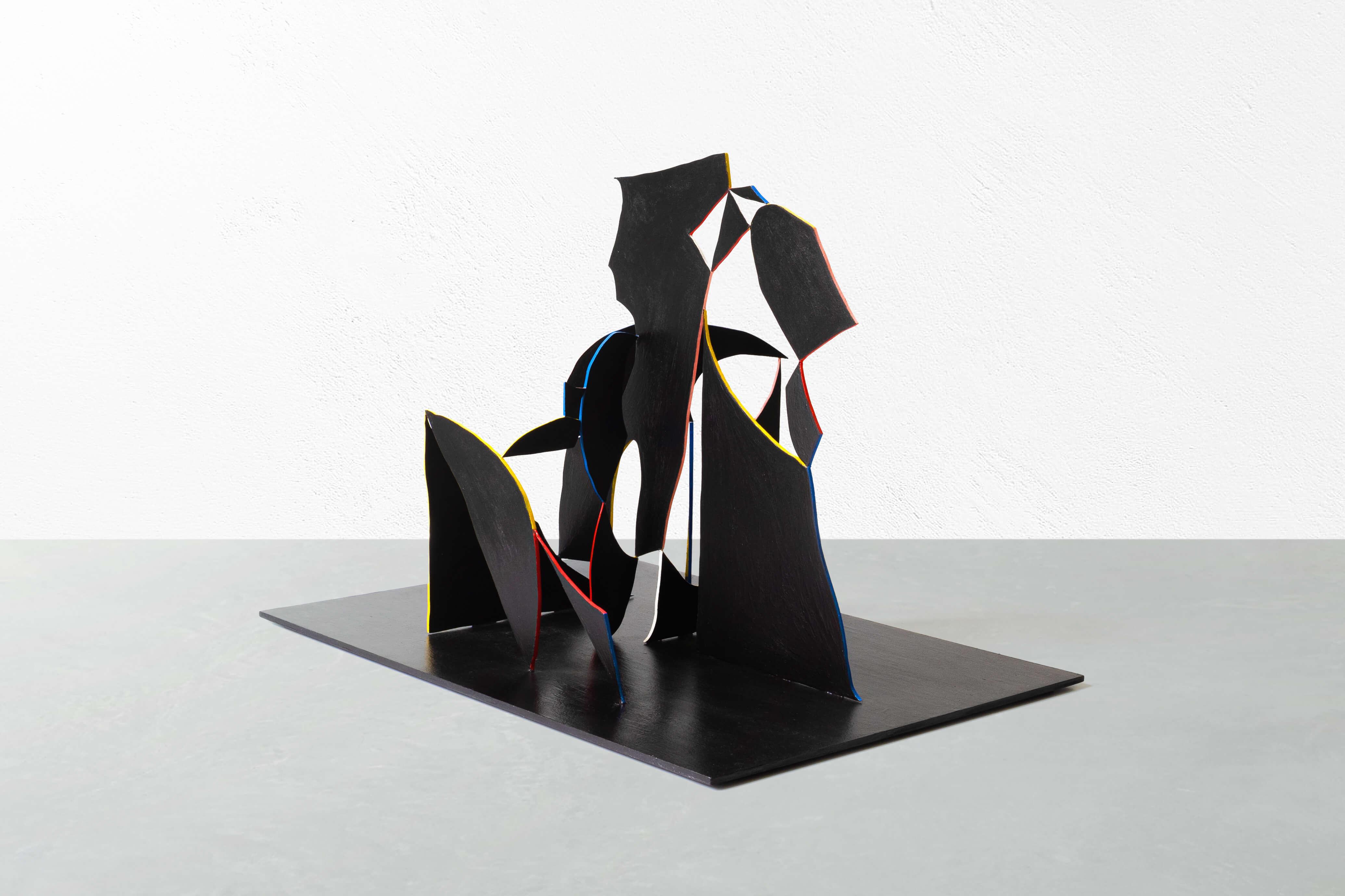






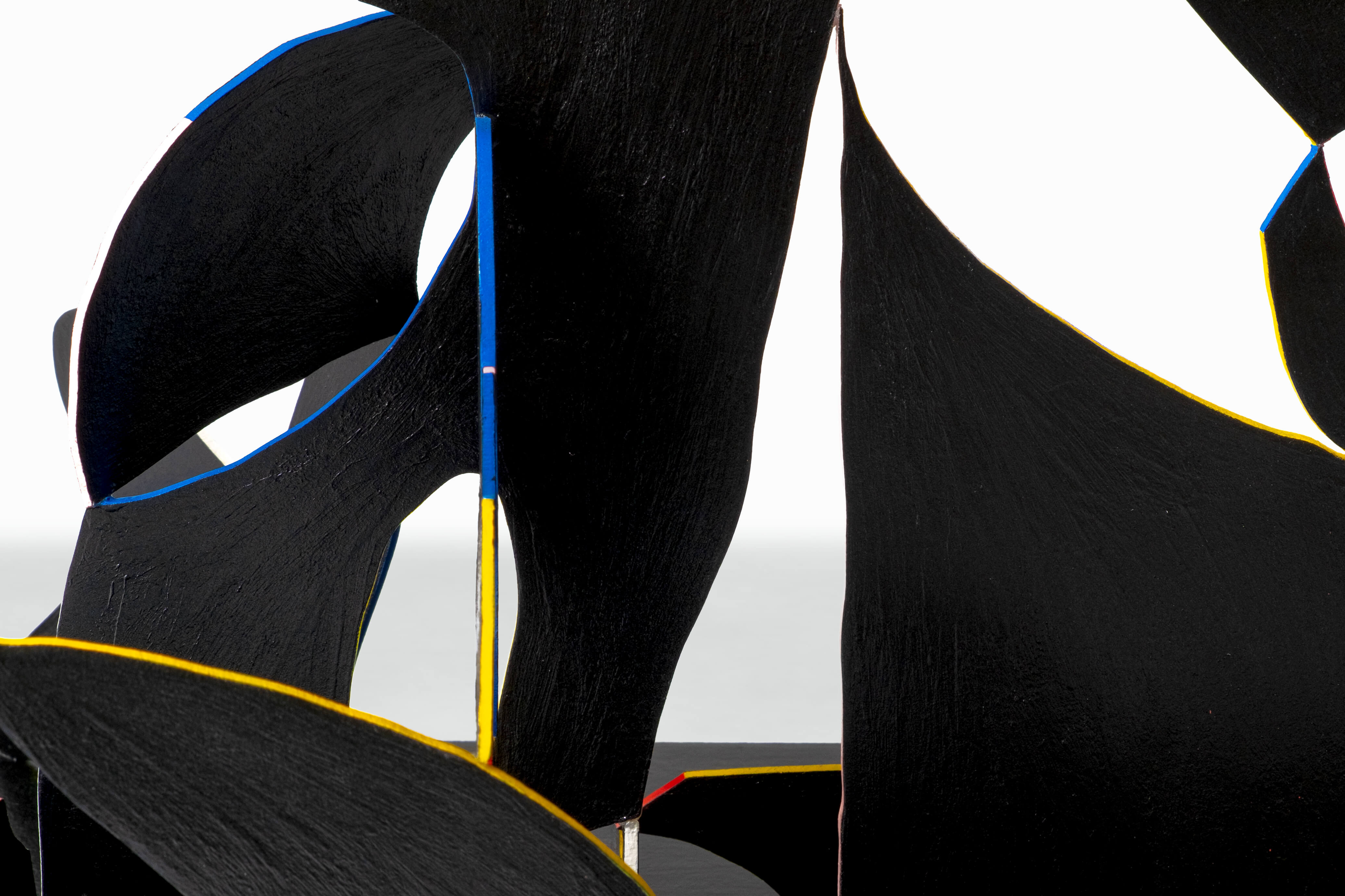
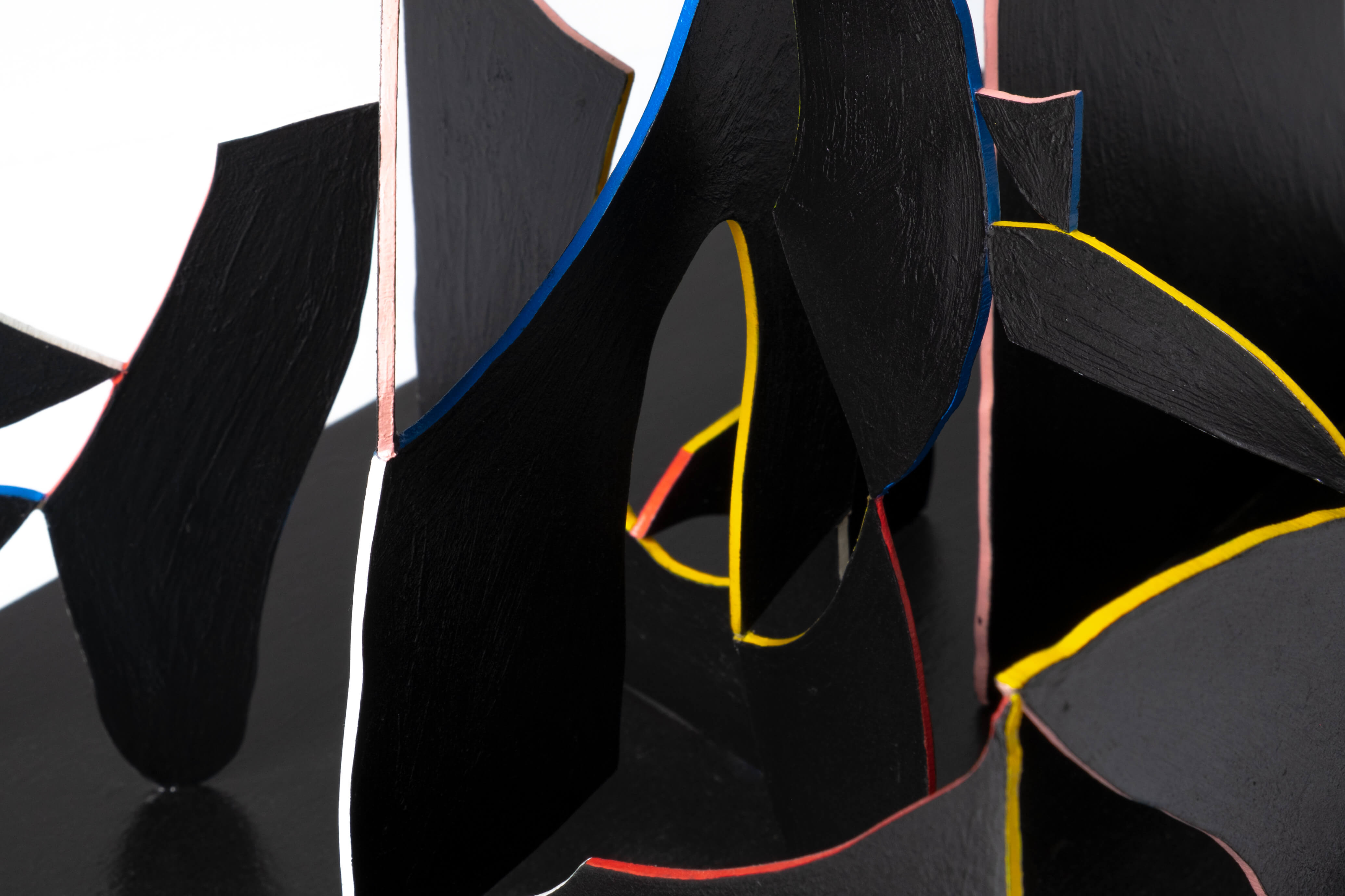

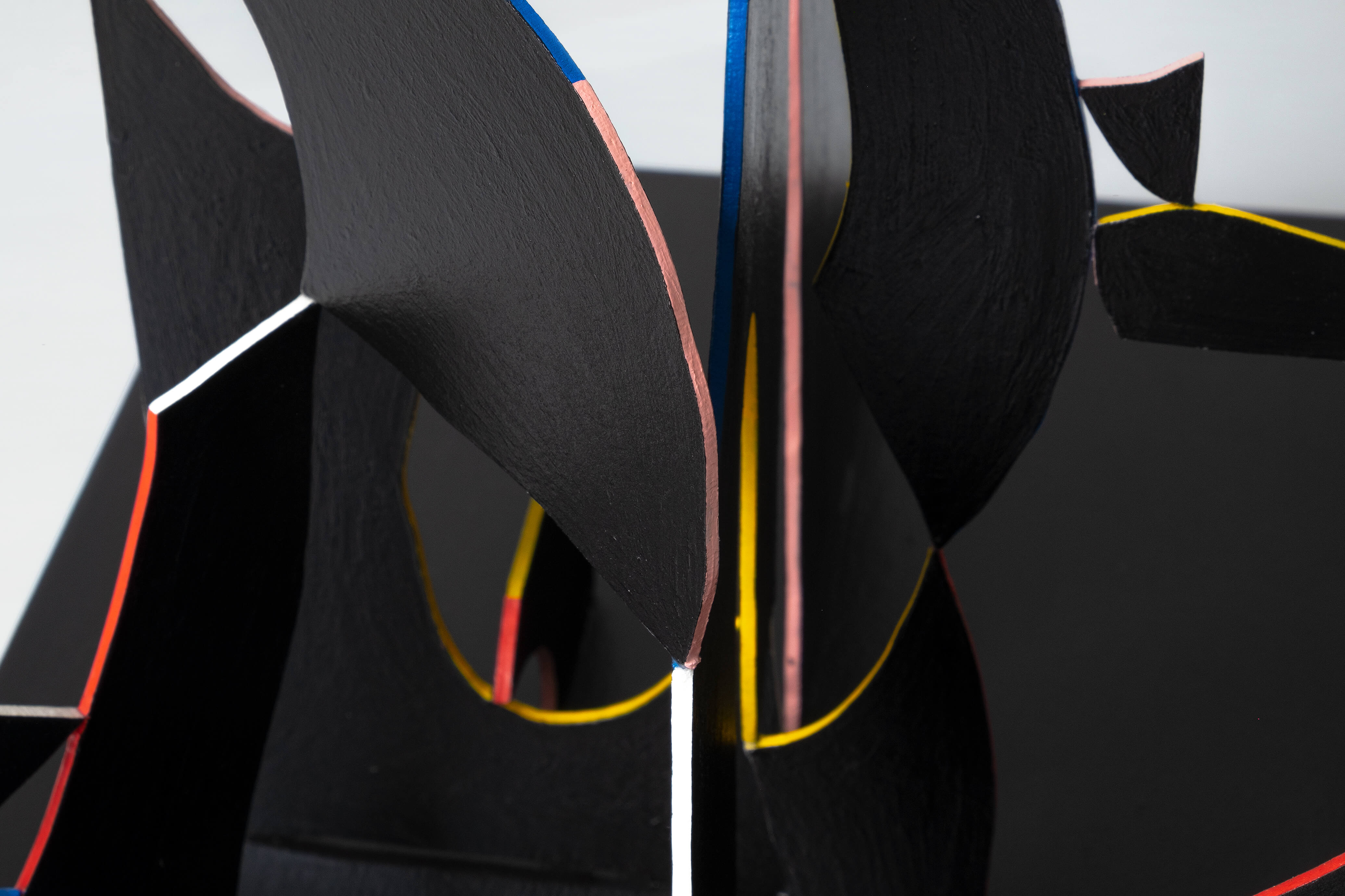
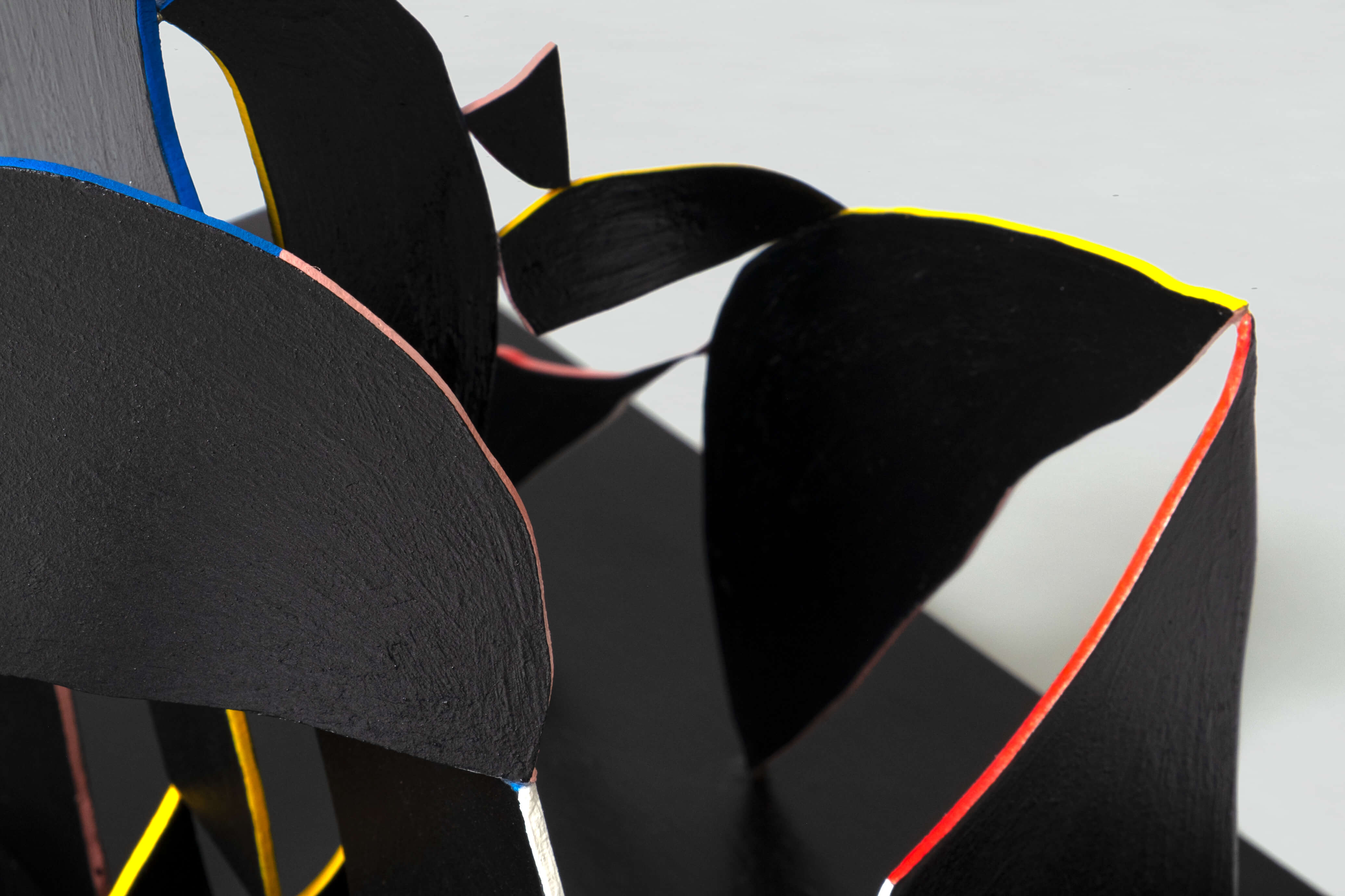


LINE 2/There Is No Right There Is No Wrong
2019
Line 2 / There Is No Right There Is No Wrong consists of a group of works exploring the recursive and generative evolutions of a seemingly random line.
The works in this group consists of painted styrofoam cut-outs, bidimensional and tridimensional configurations (bas-relief painting, all-round painting).
It differs from Line 1 by the materials and the parameters chosen to combine the elements of the composition.
The works in this group consists of painted styrofoam cut-outs, bidimensional and tridimensional configurations (bas-relief painting, all-round painting).
It differs from Line 1 by the materials and the parameters chosen to combine the elements of the composition.
Drawing in Crayons - Line 2, 2020
There Is No Right There Is No Wrong / G.E.C.W 16 x H 27 cm
Crayons on paper, clear fixative
Drawing in Crayons - Line 2, 2020
There Is No Right There Is No Wrong / G.E.C.W 16 x H 27 cm
Crayons on paper, clear fixative
There Is No Right There Is No Wrong / G.E.C.
Crayons on paper, clear fixative



All-round painting - Line 2, 2020
There Is No Right There Is No Wrong / G.E.C.W 100 x H 43 x D 11 cm
Acrylic paint on styrofoam, glue, clear varnish
All-round painting - Line 2, 2020
There Is No Right There Is No Wrong / G.E.C.W 100 x H 43 x D 11 cm
Acrylic paint on styrofoam, glue, clear varnish
There Is No Right There Is No Wrong / G.E.C.
Acrylic paint on styrofoam, glue, clear varnish



Bas-Relief Painting - Line 2, 2020
There Is No Right There Is No Wrong / G.E.C.W 99 x H 49.5 x D 3.6 cm
Acrylic paint on styrofoam, glue, clear varnish
Bas-Relief Painting - Line 2, 2020
There Is No Right There Is No Wrong / G.E.C.W 99 x H 49.5 x D 3.6 cm
Acrylic paint on styrofoam, glue, clear varnish
There Is No Right There Is No Wrong / G.E.C.
Acrylic paint on styrofoam, glue, clear varnish


